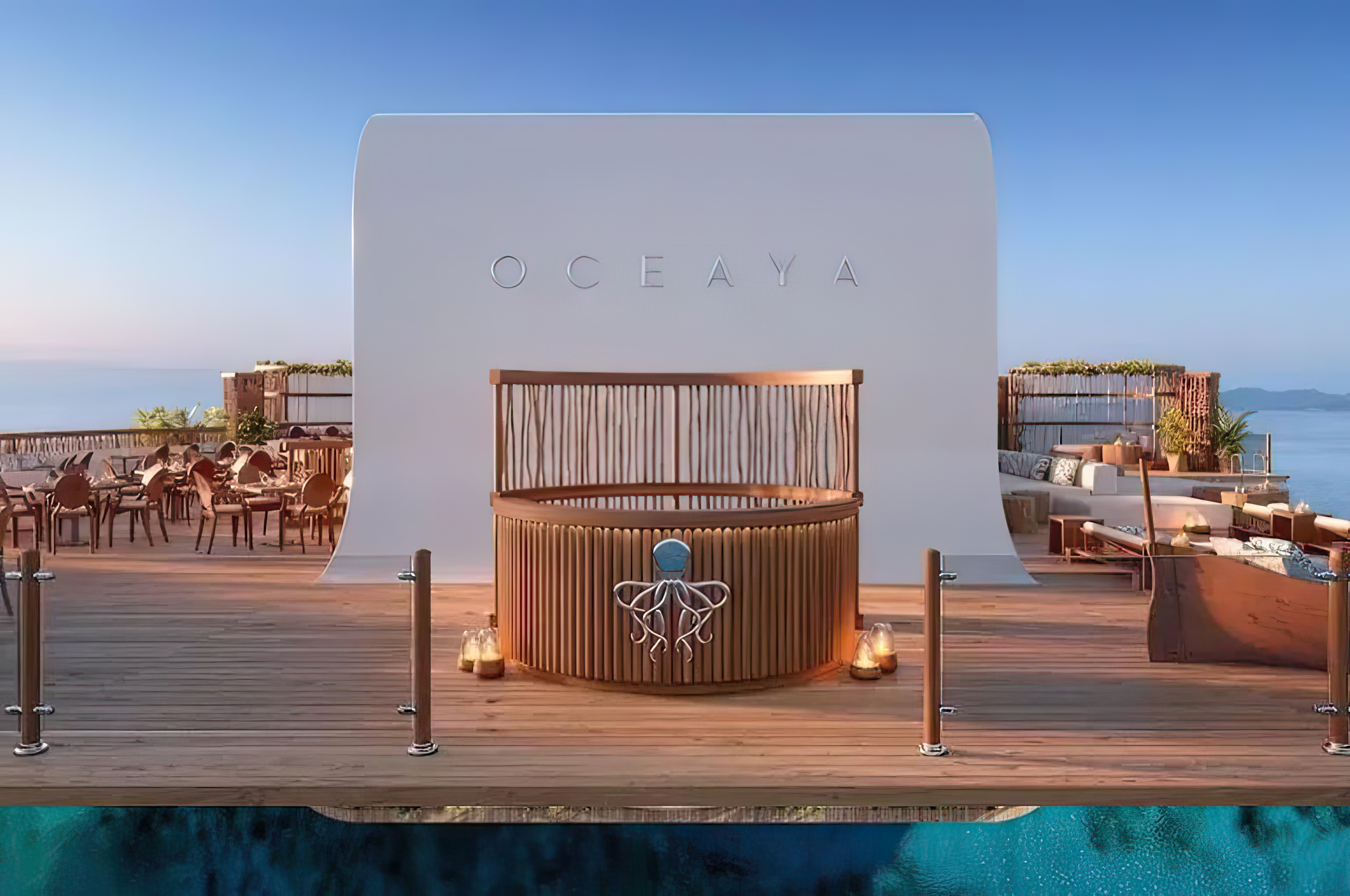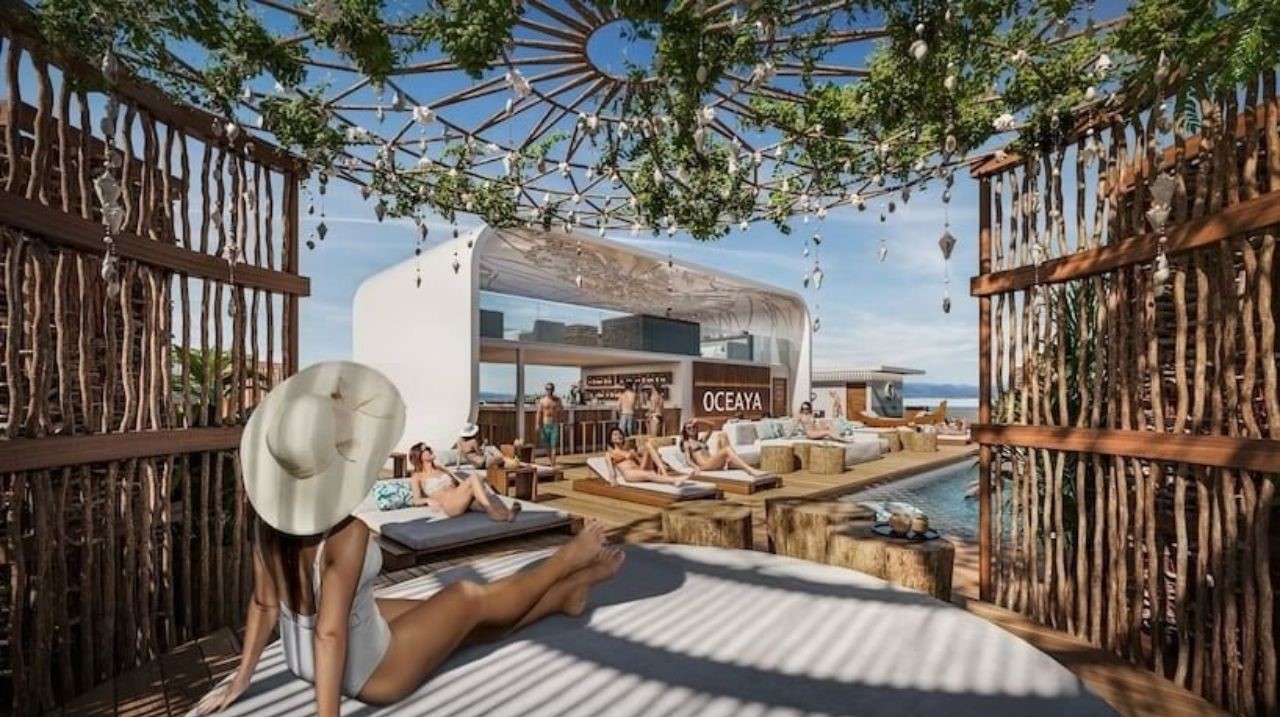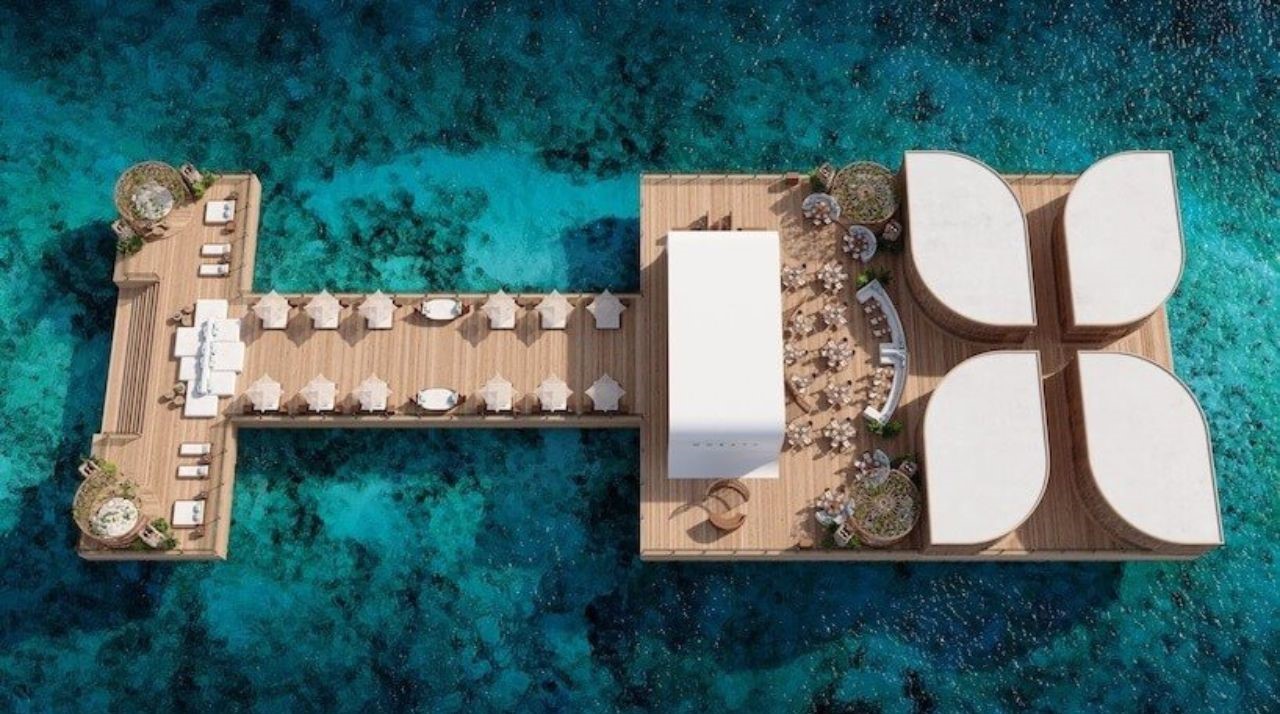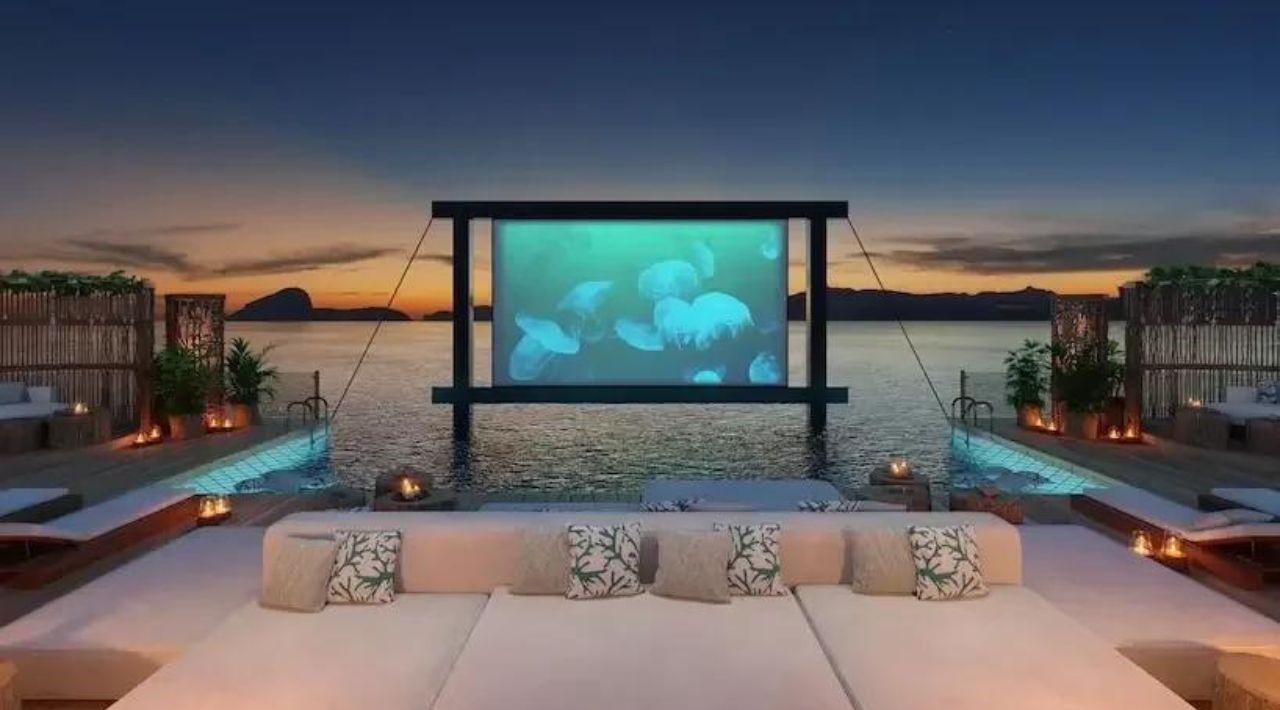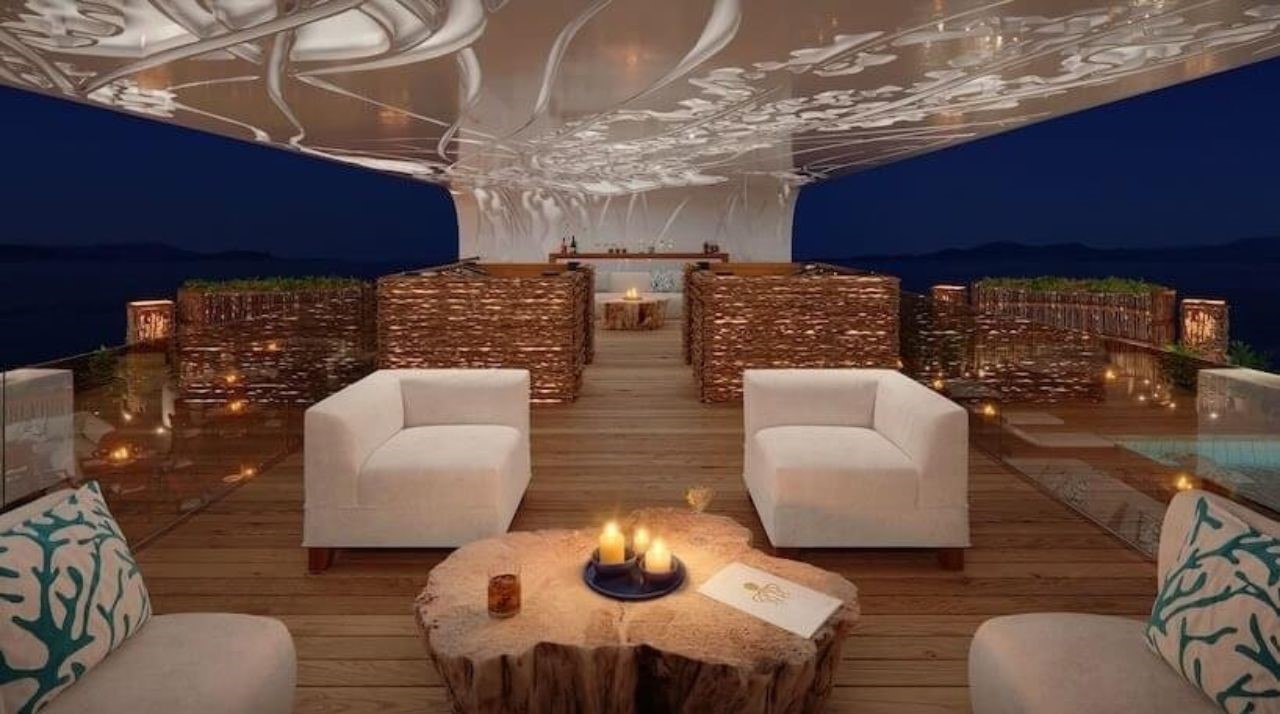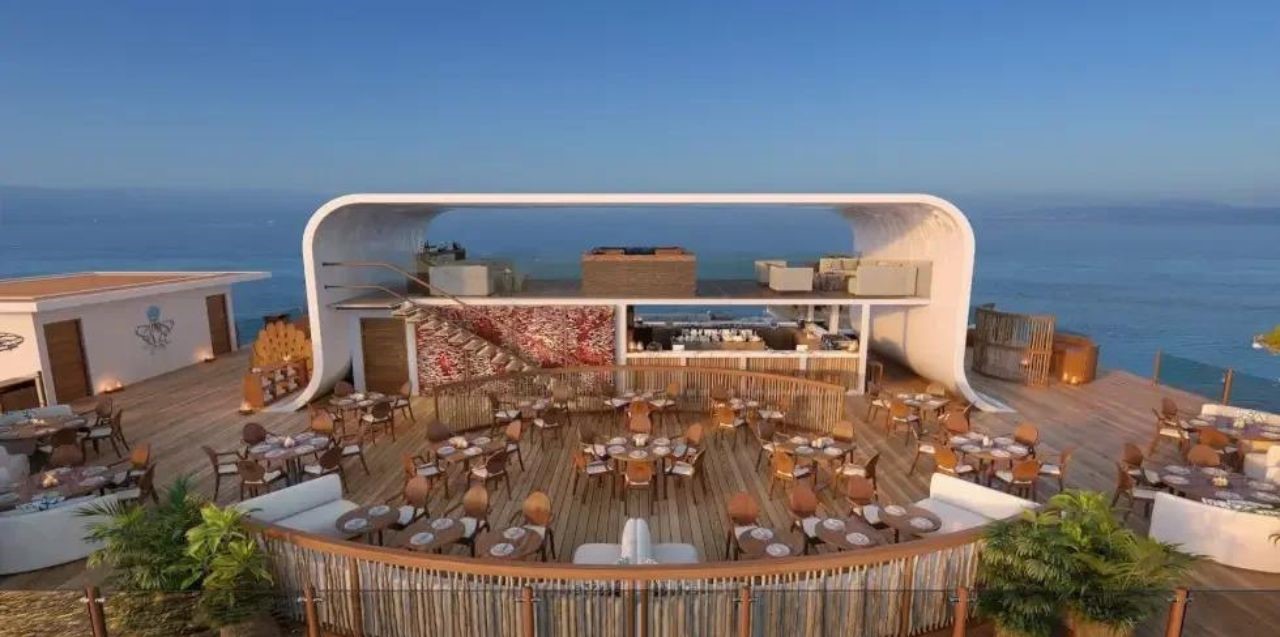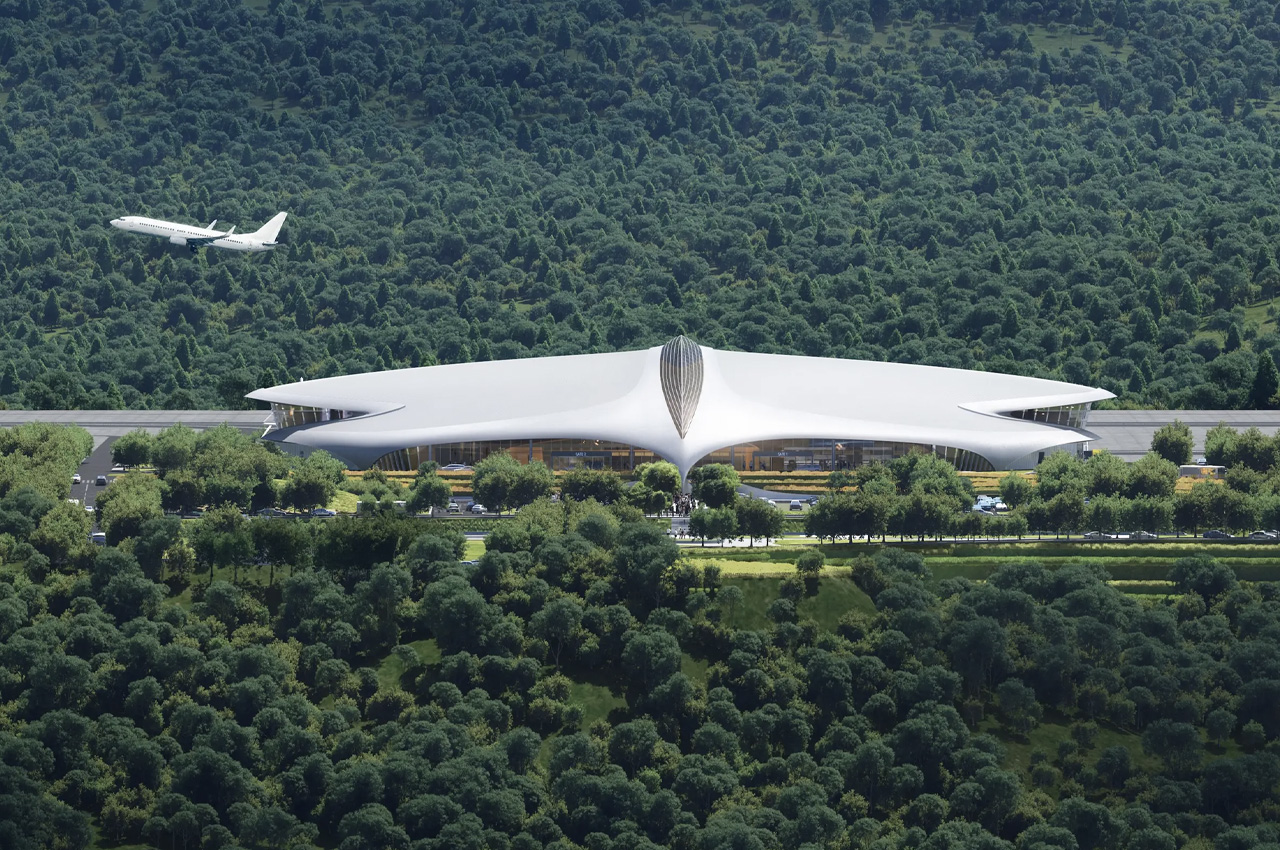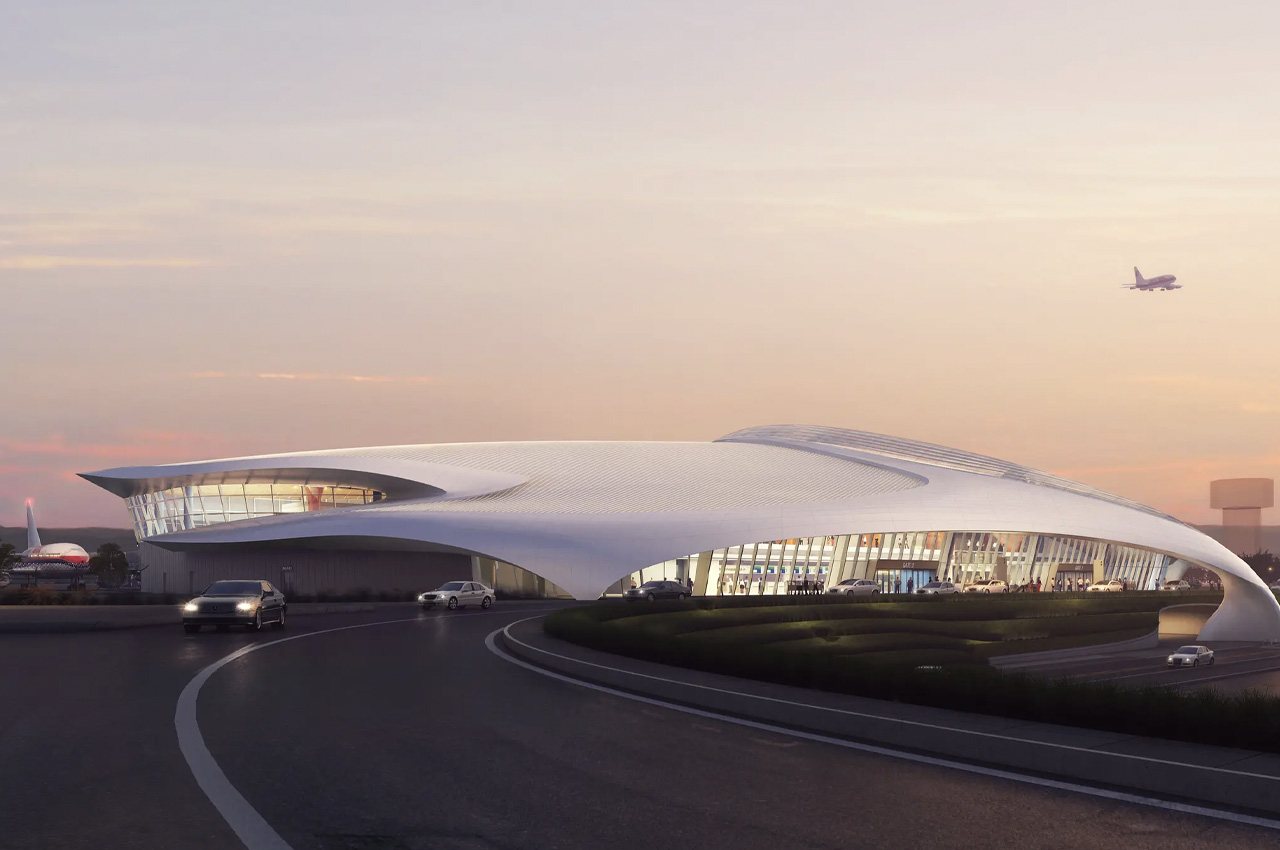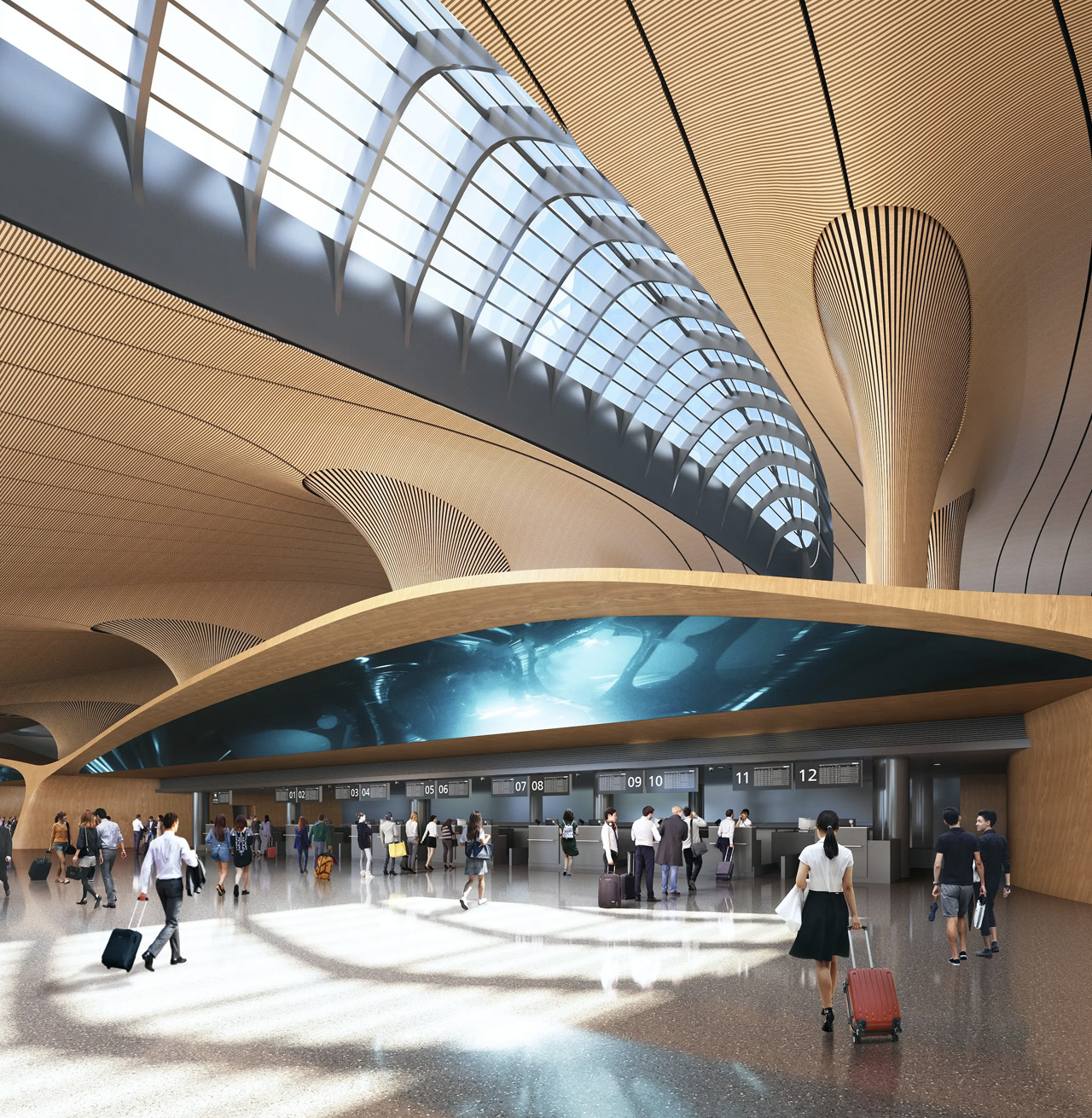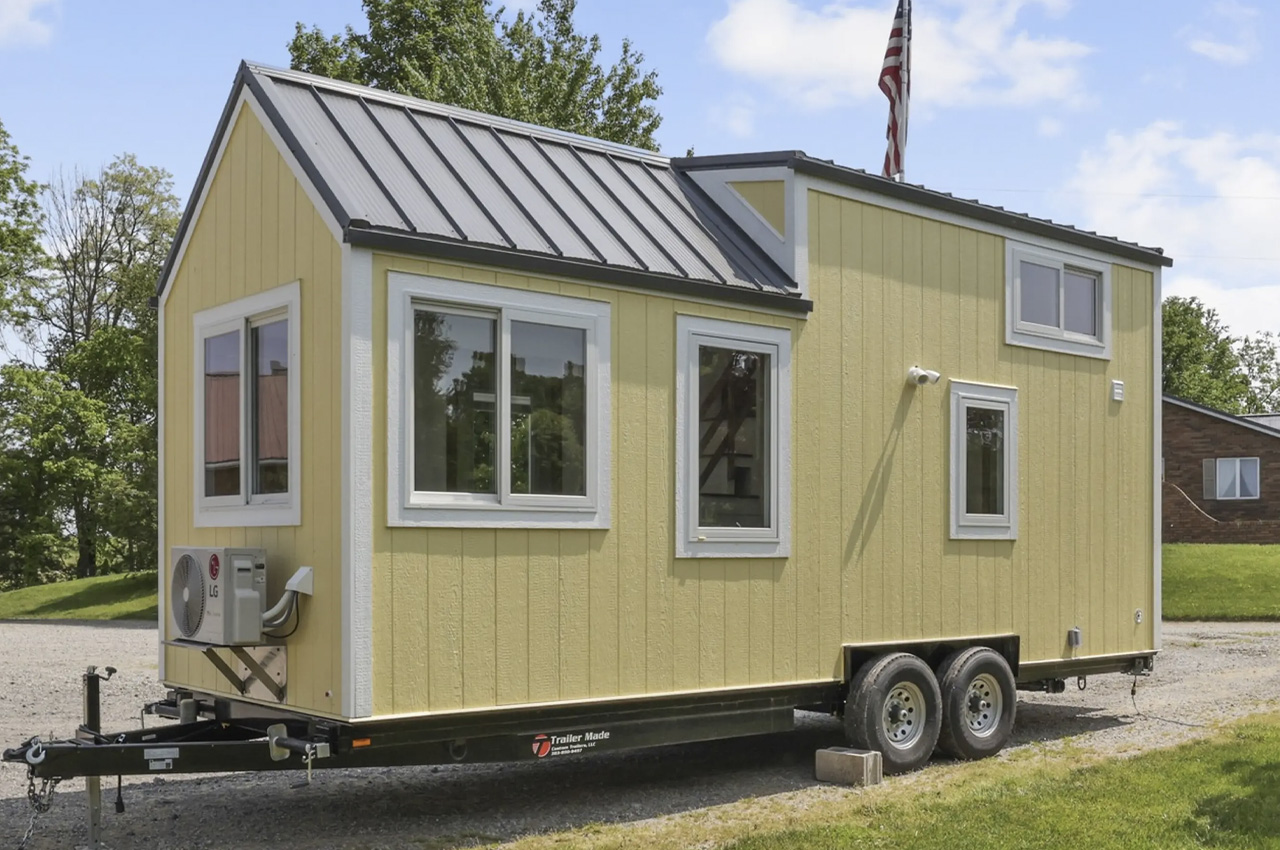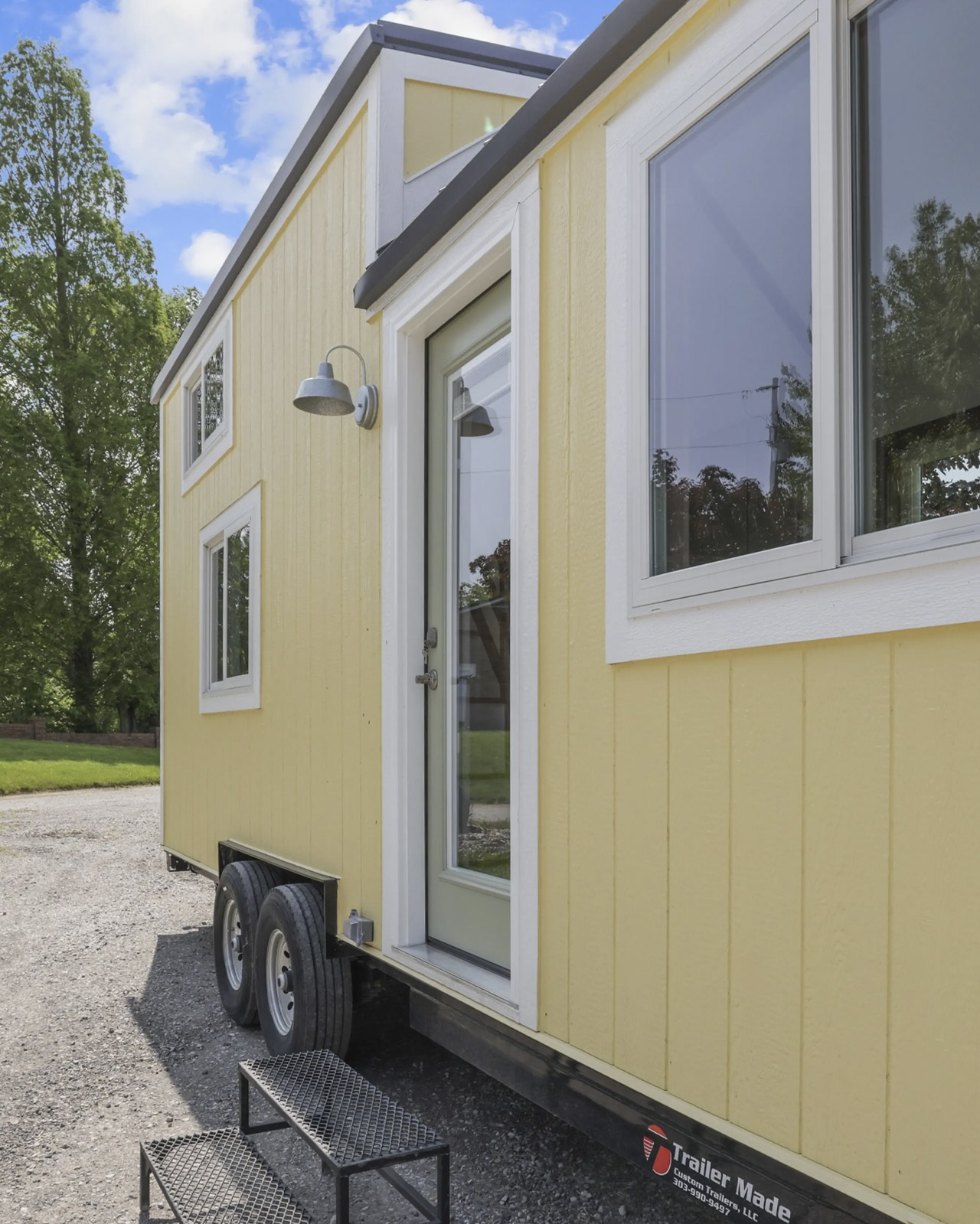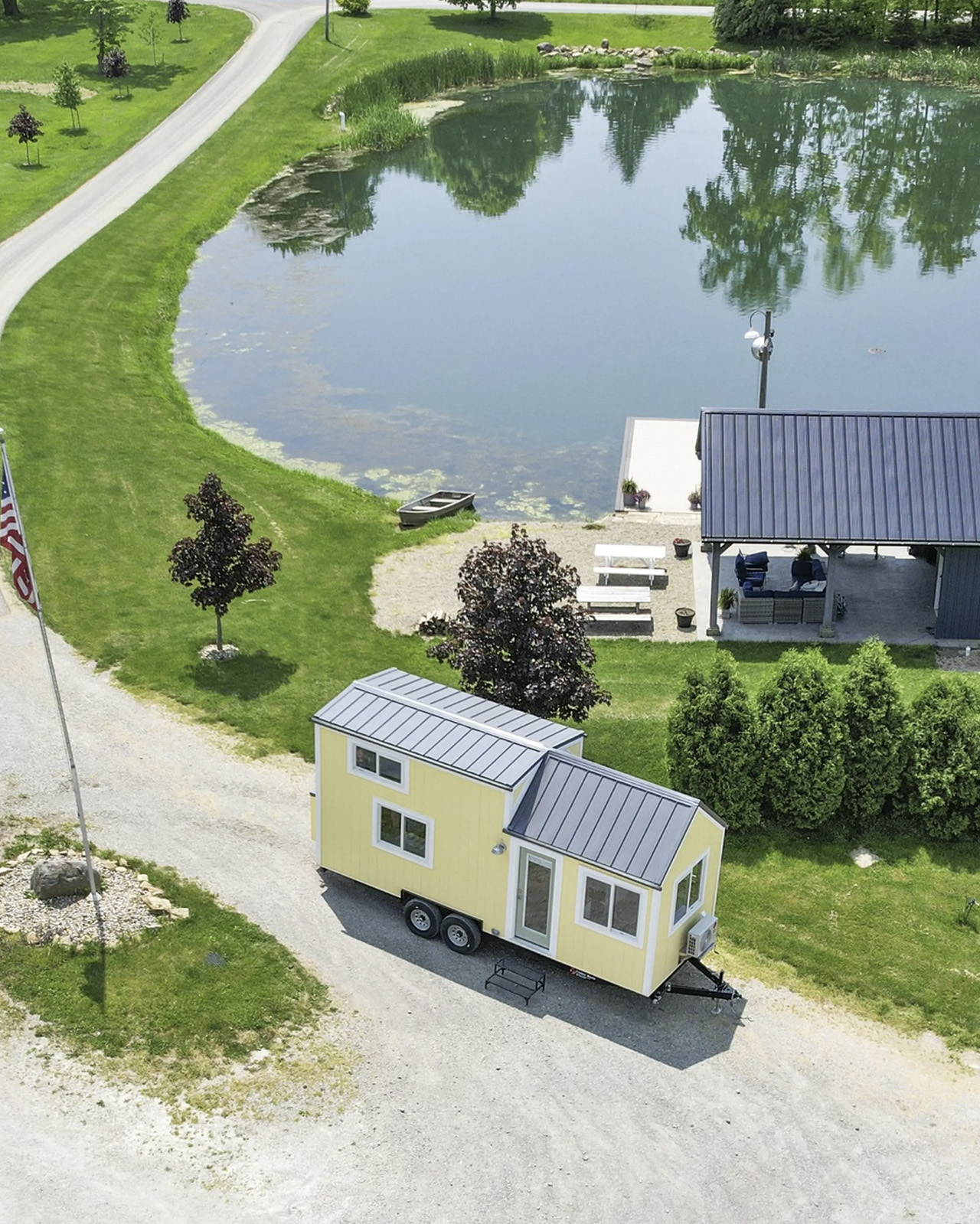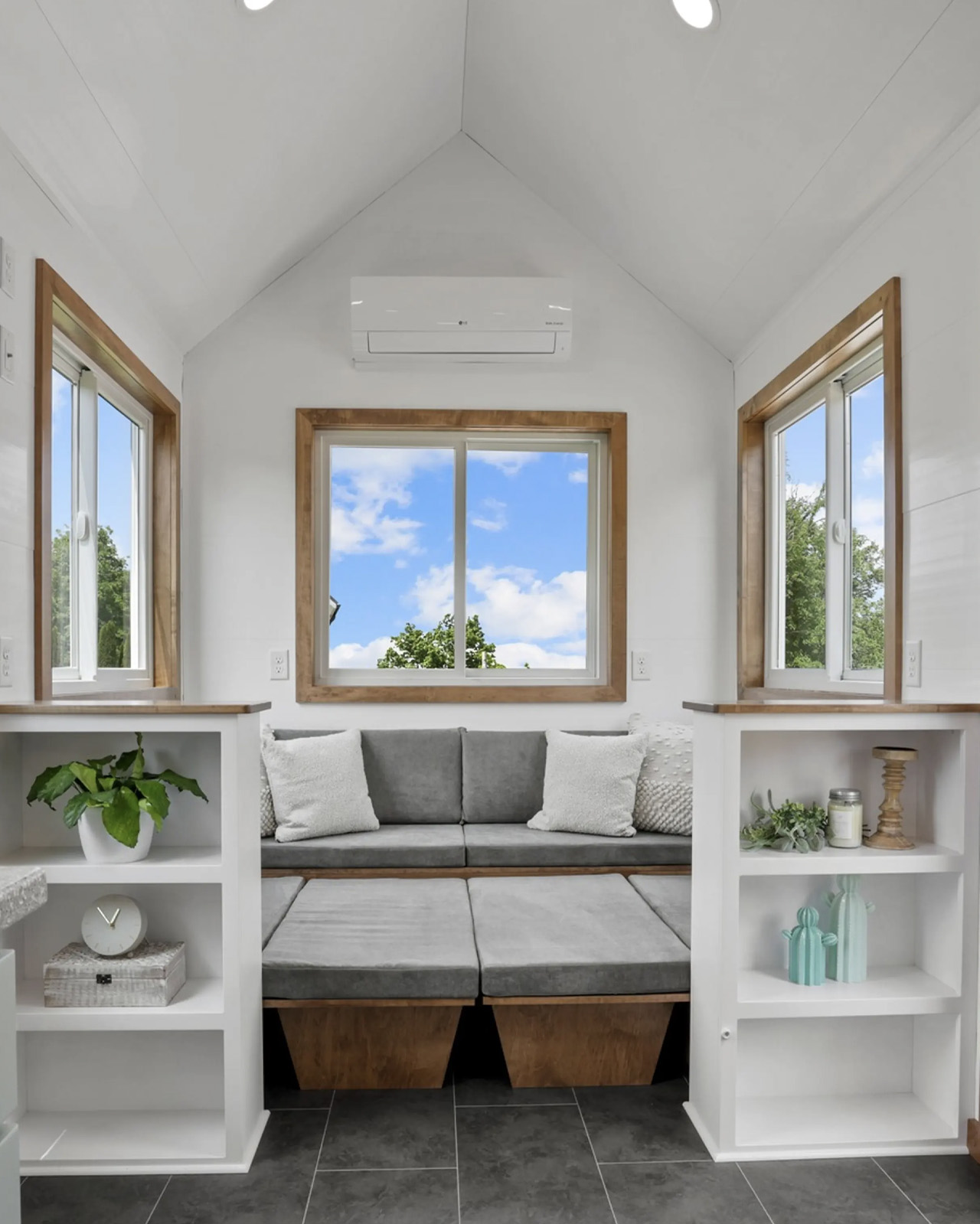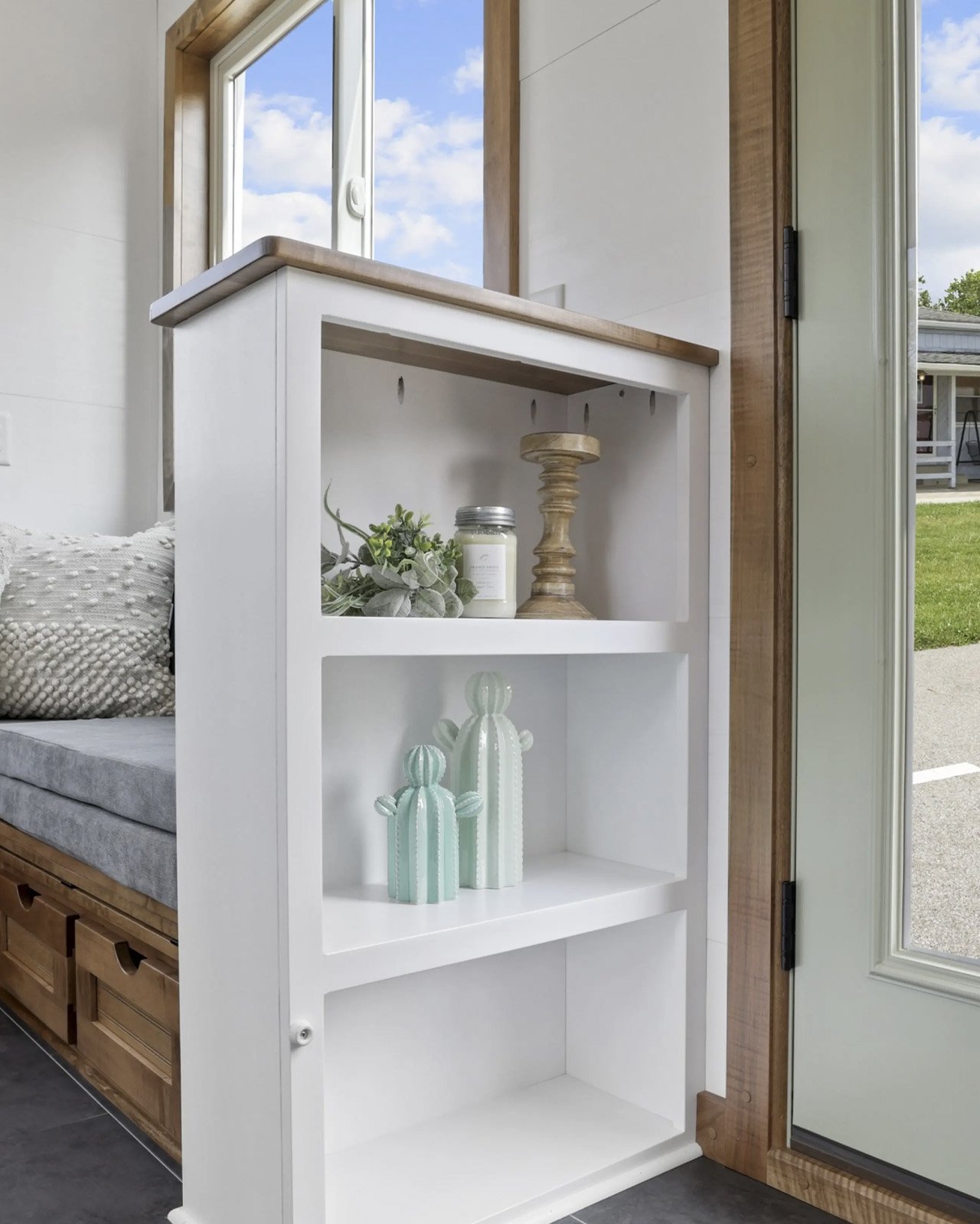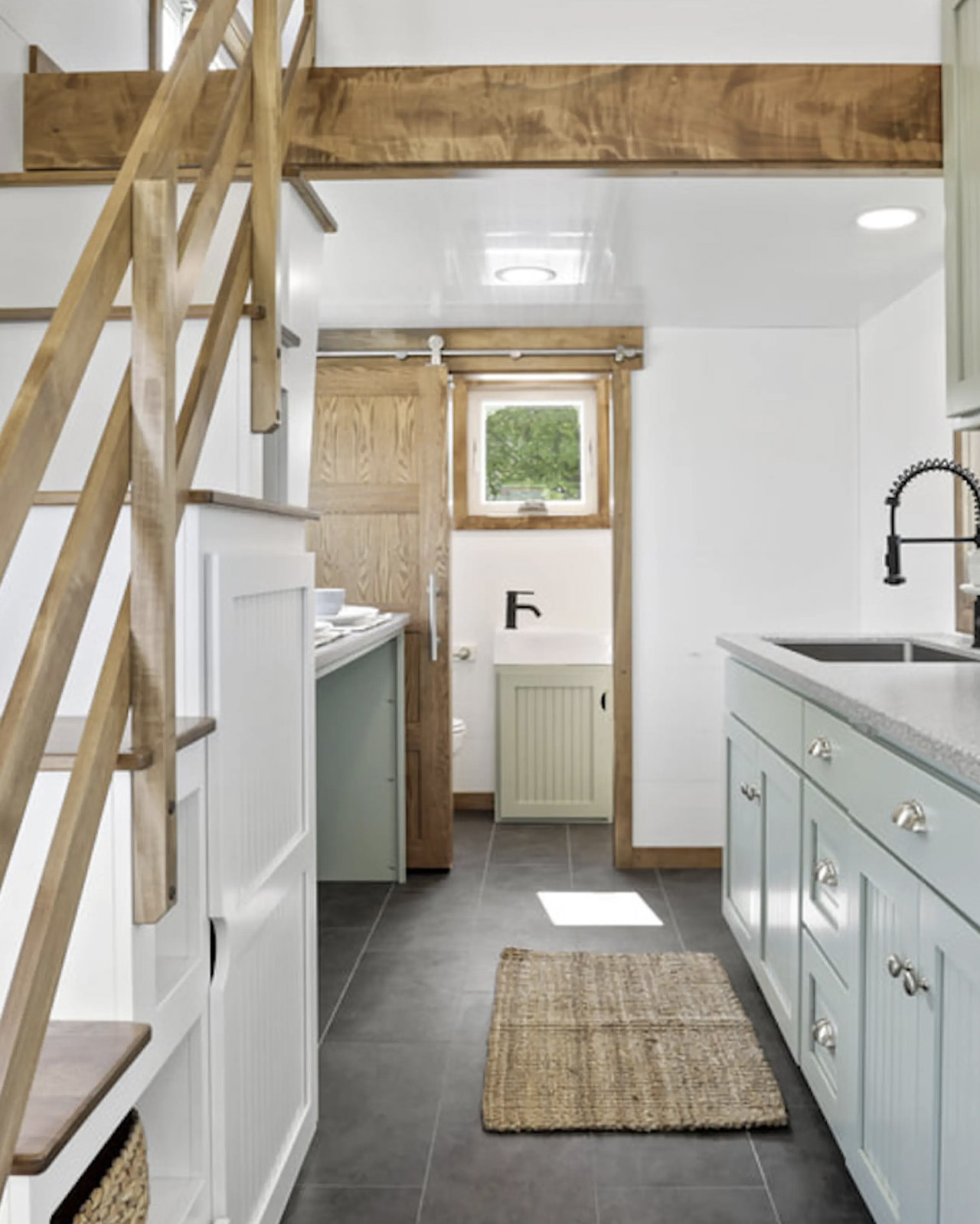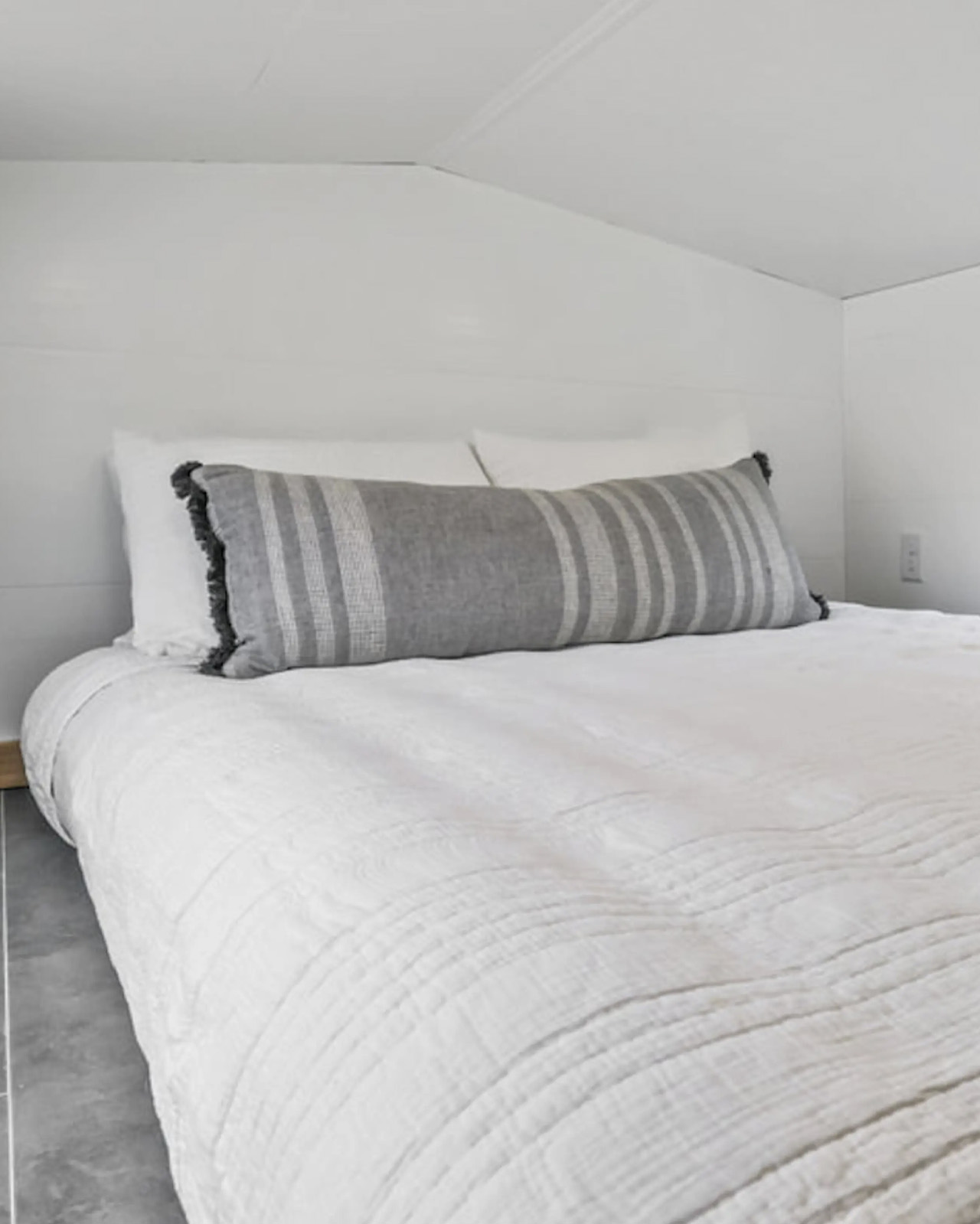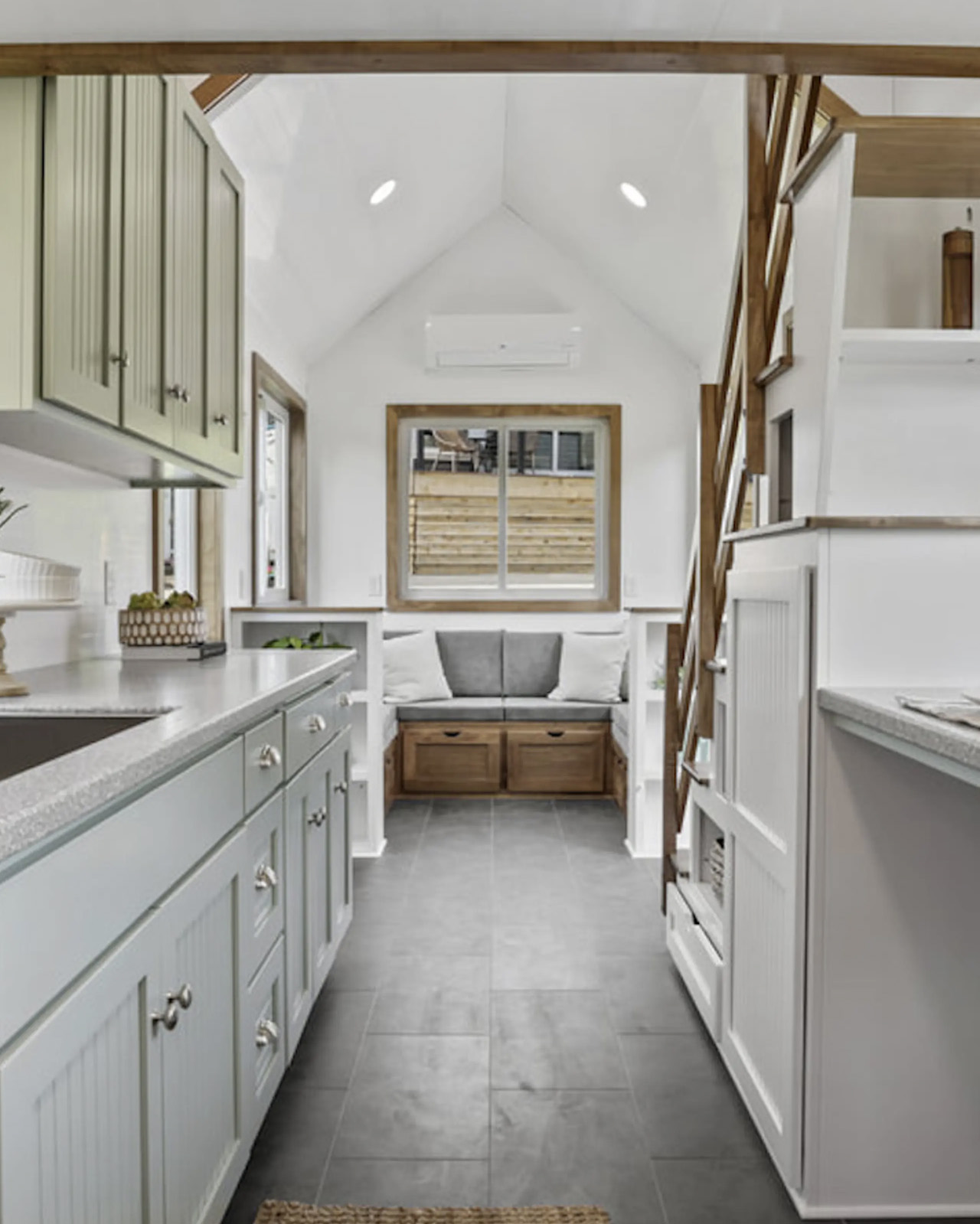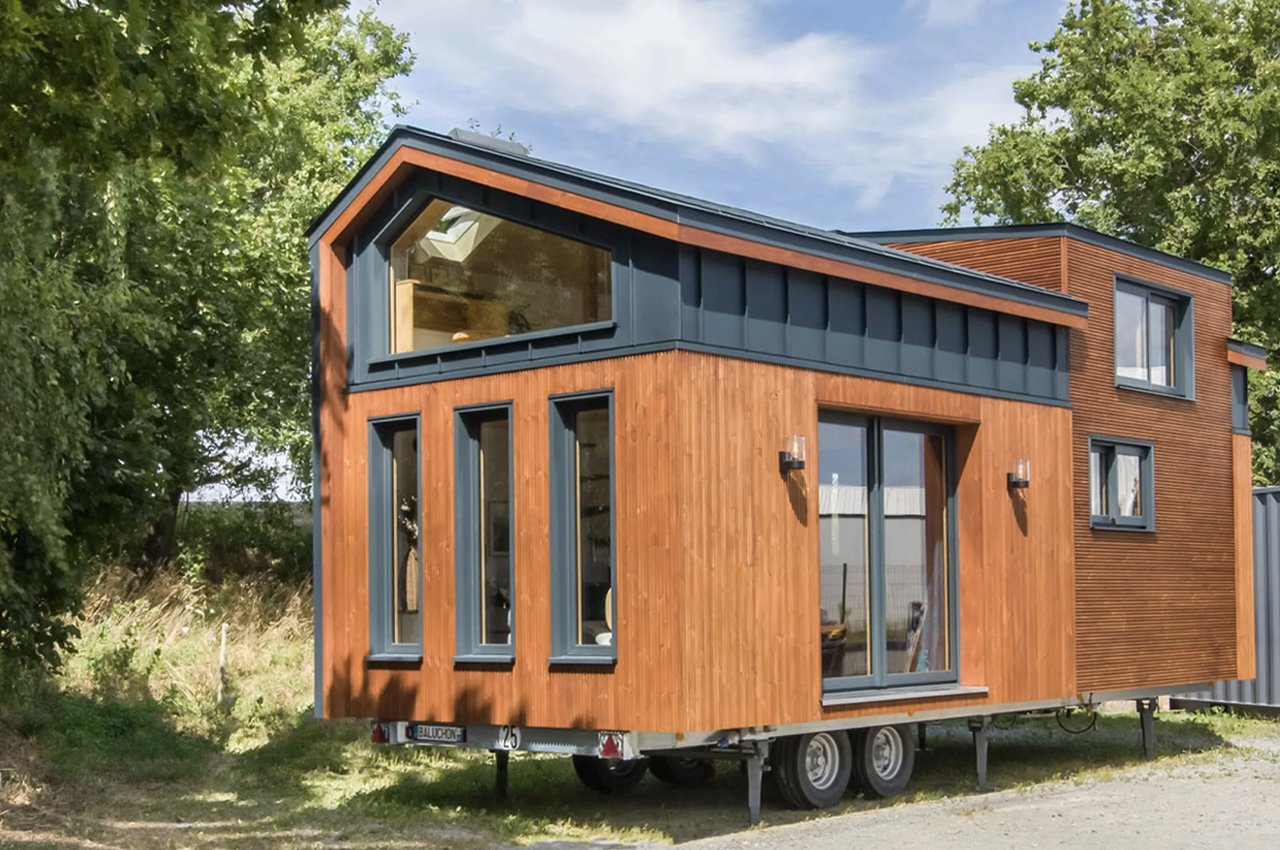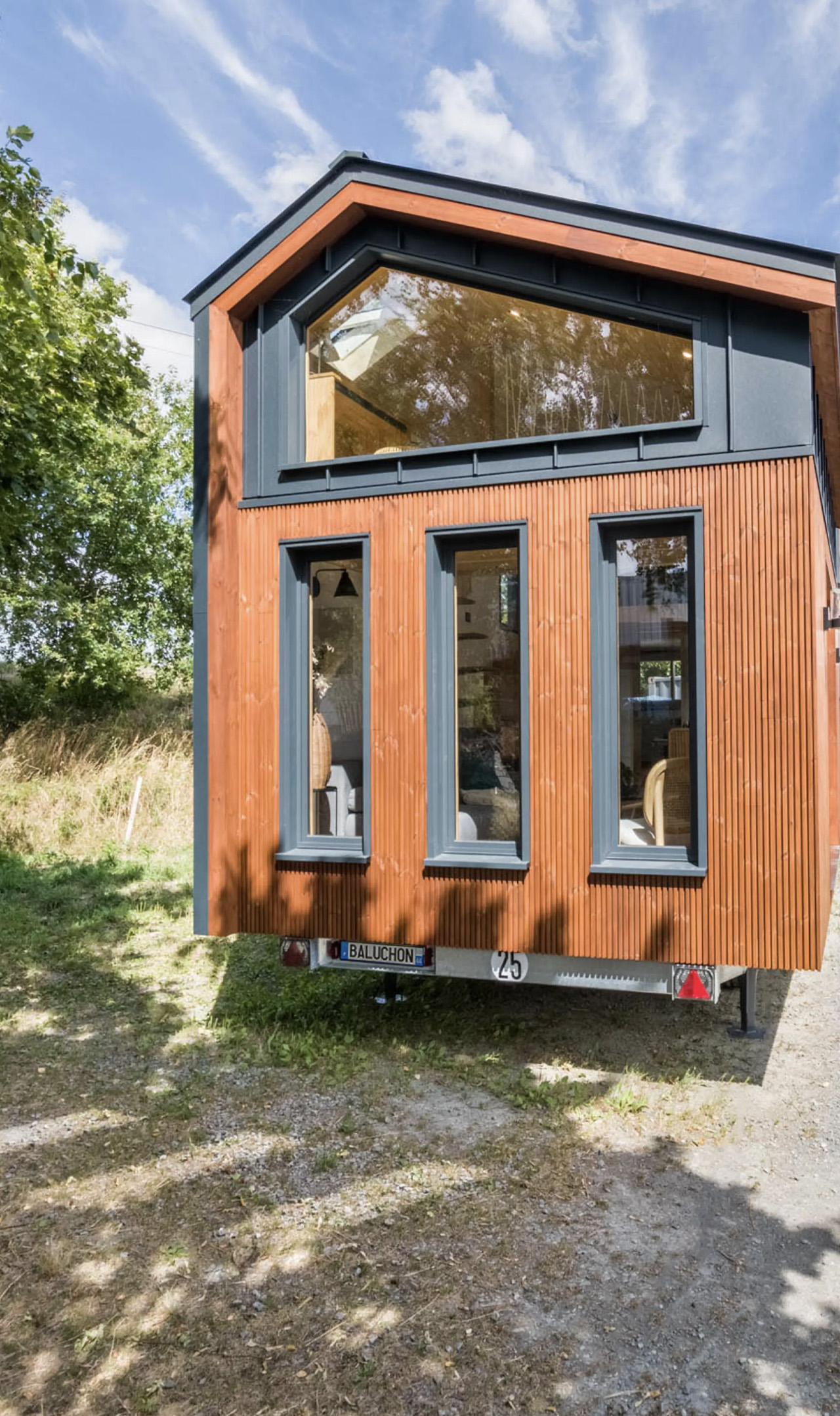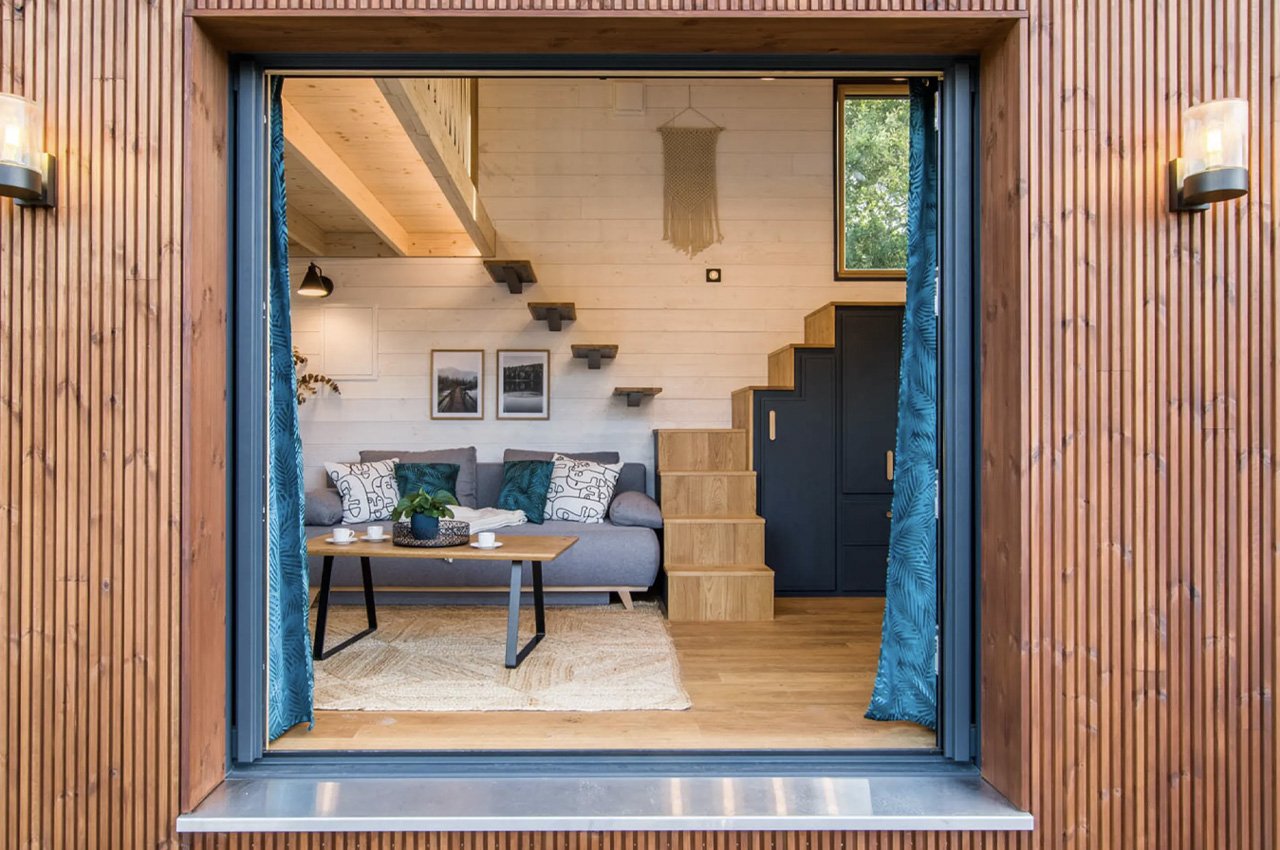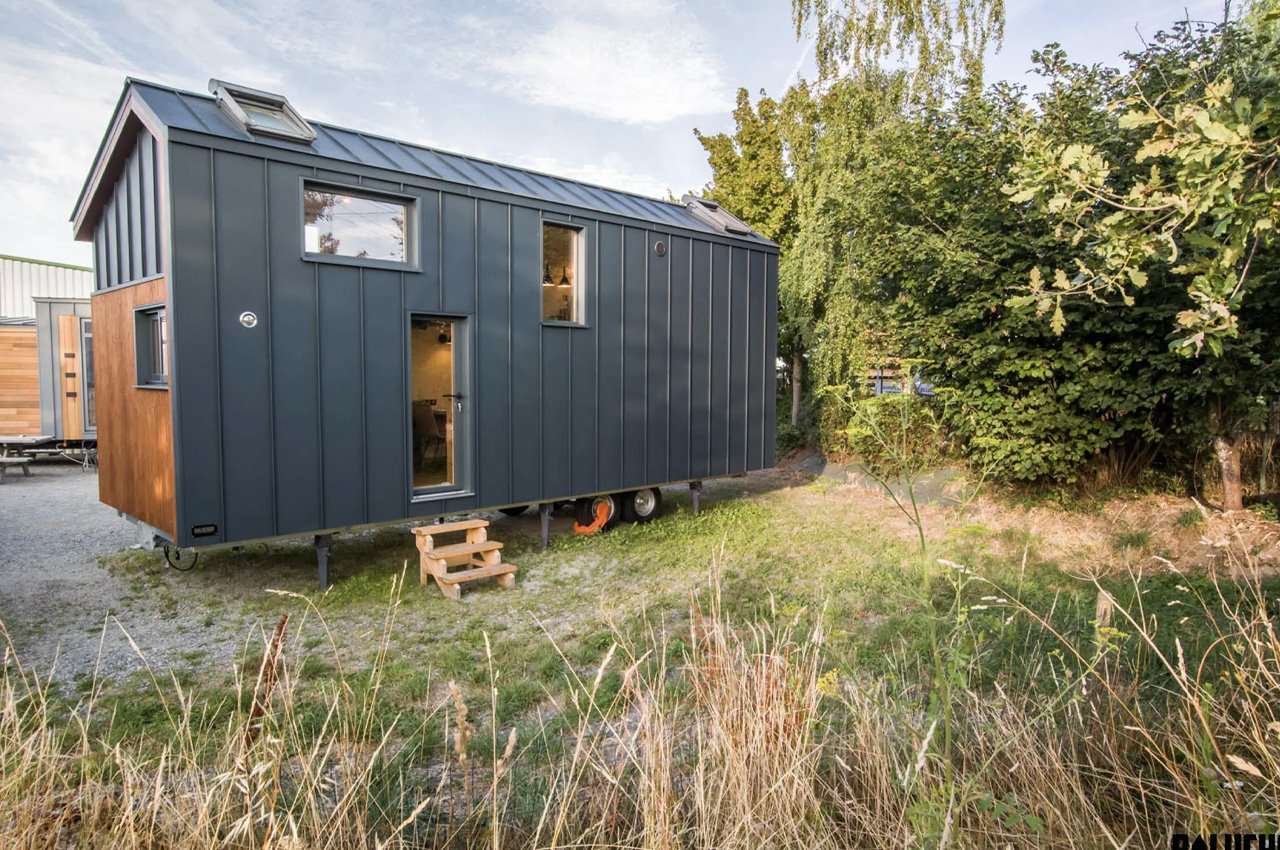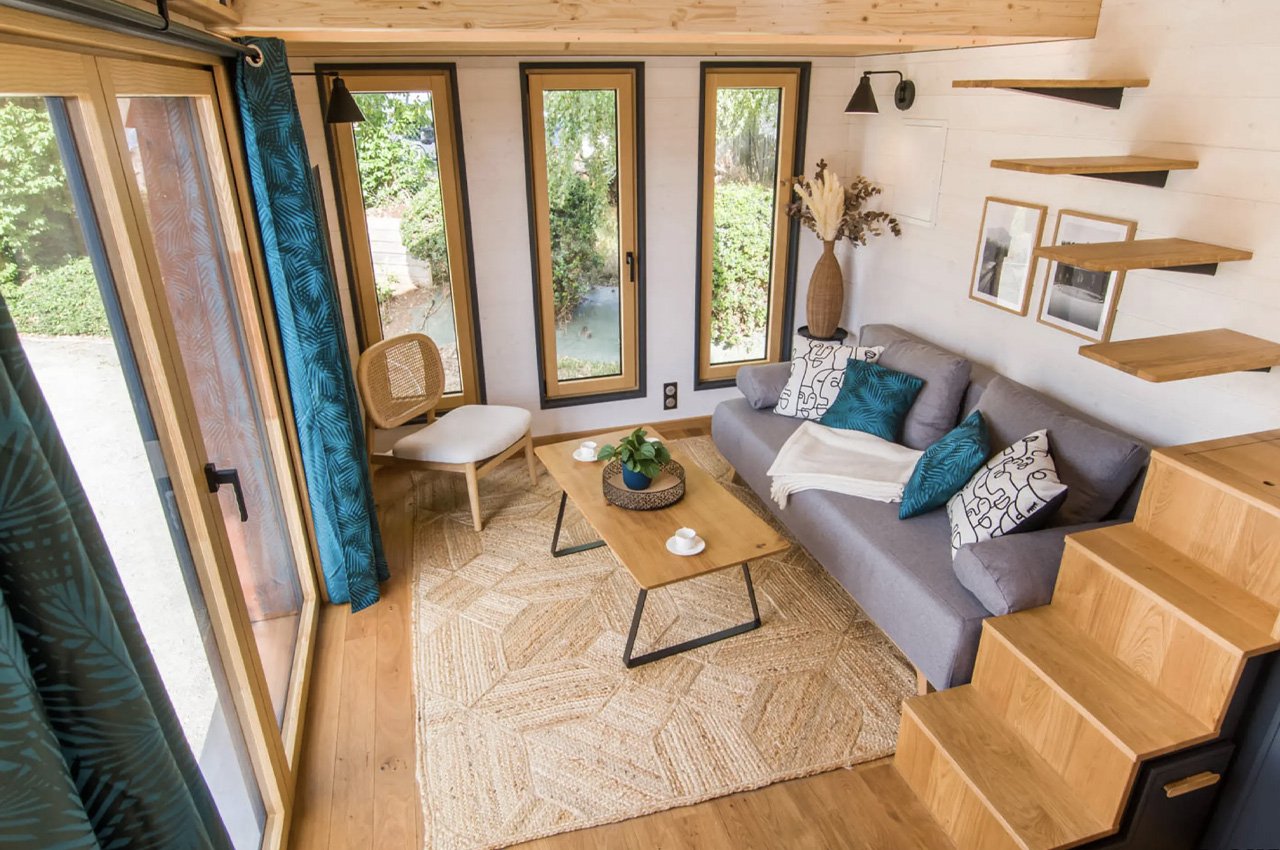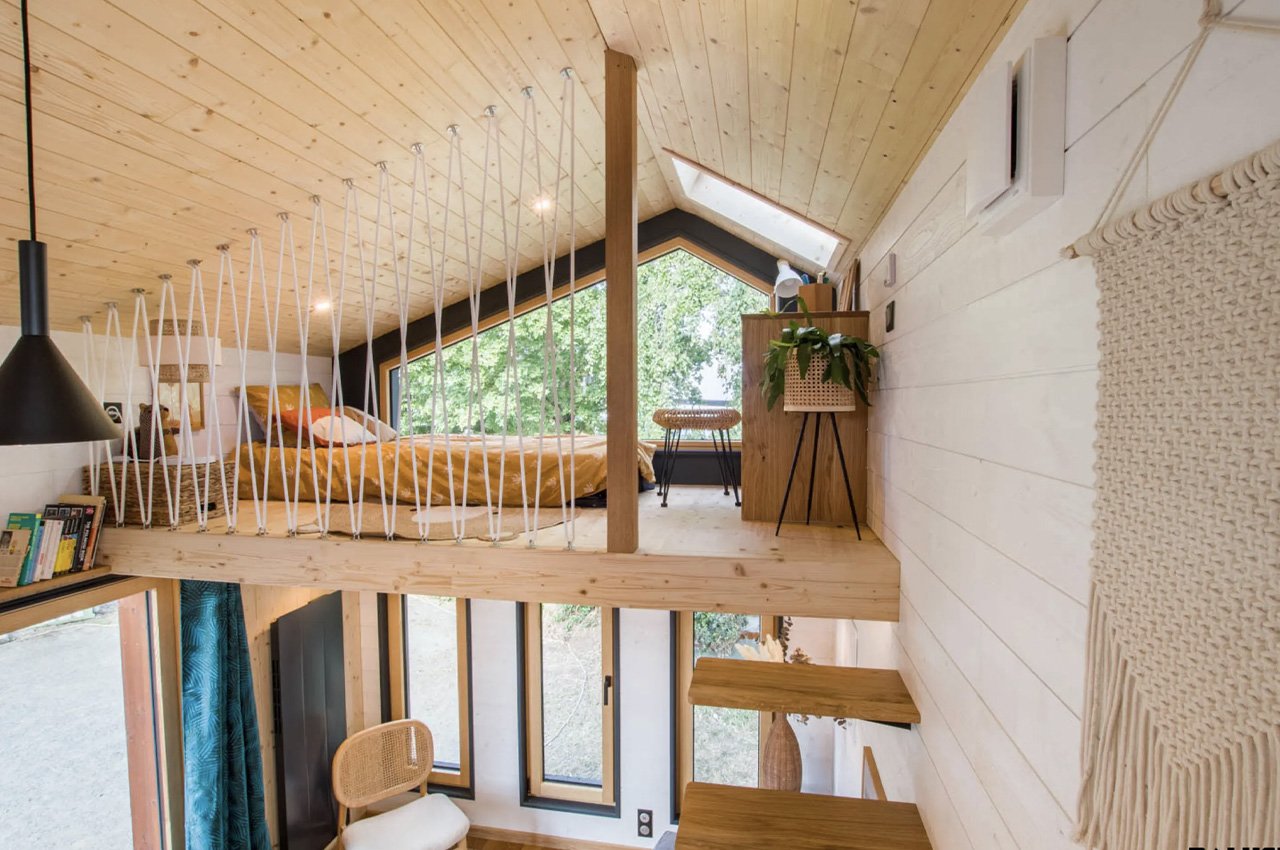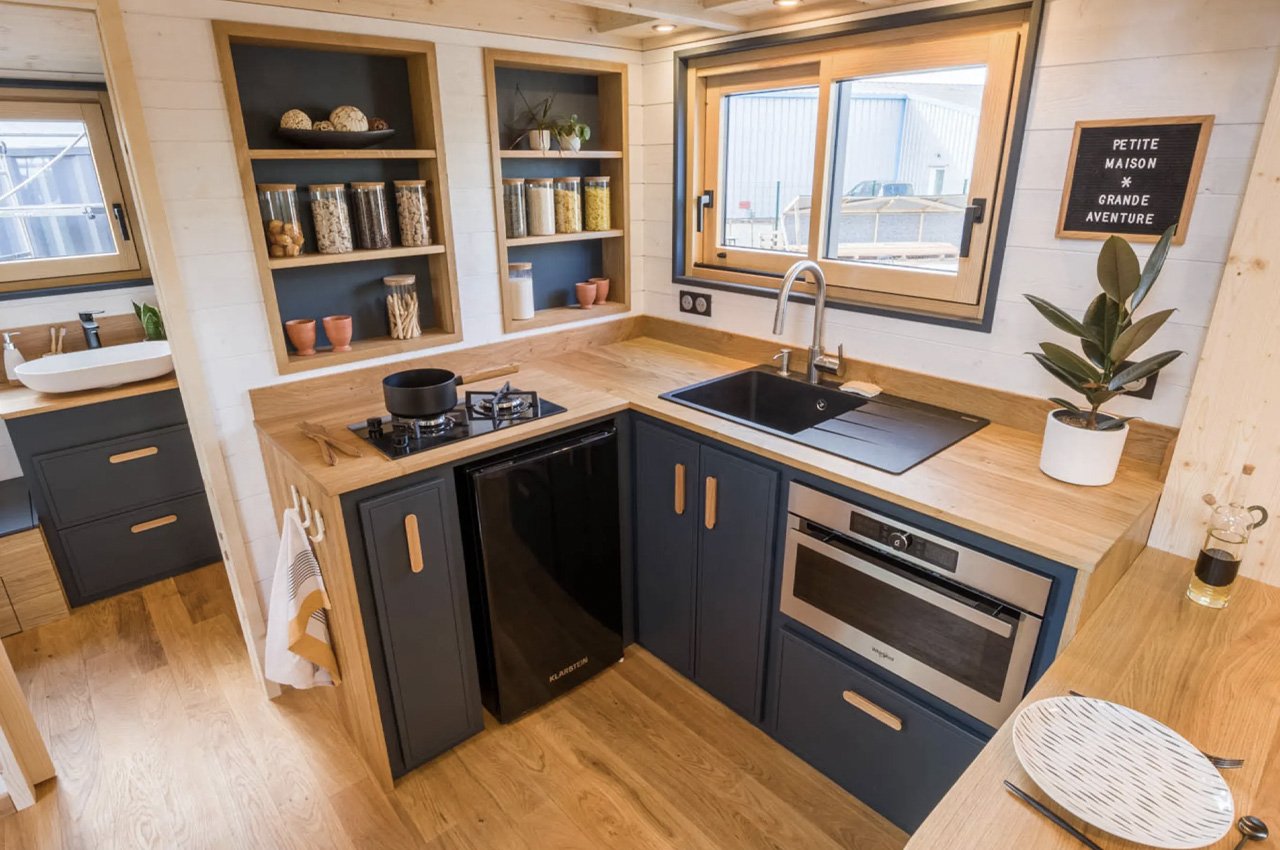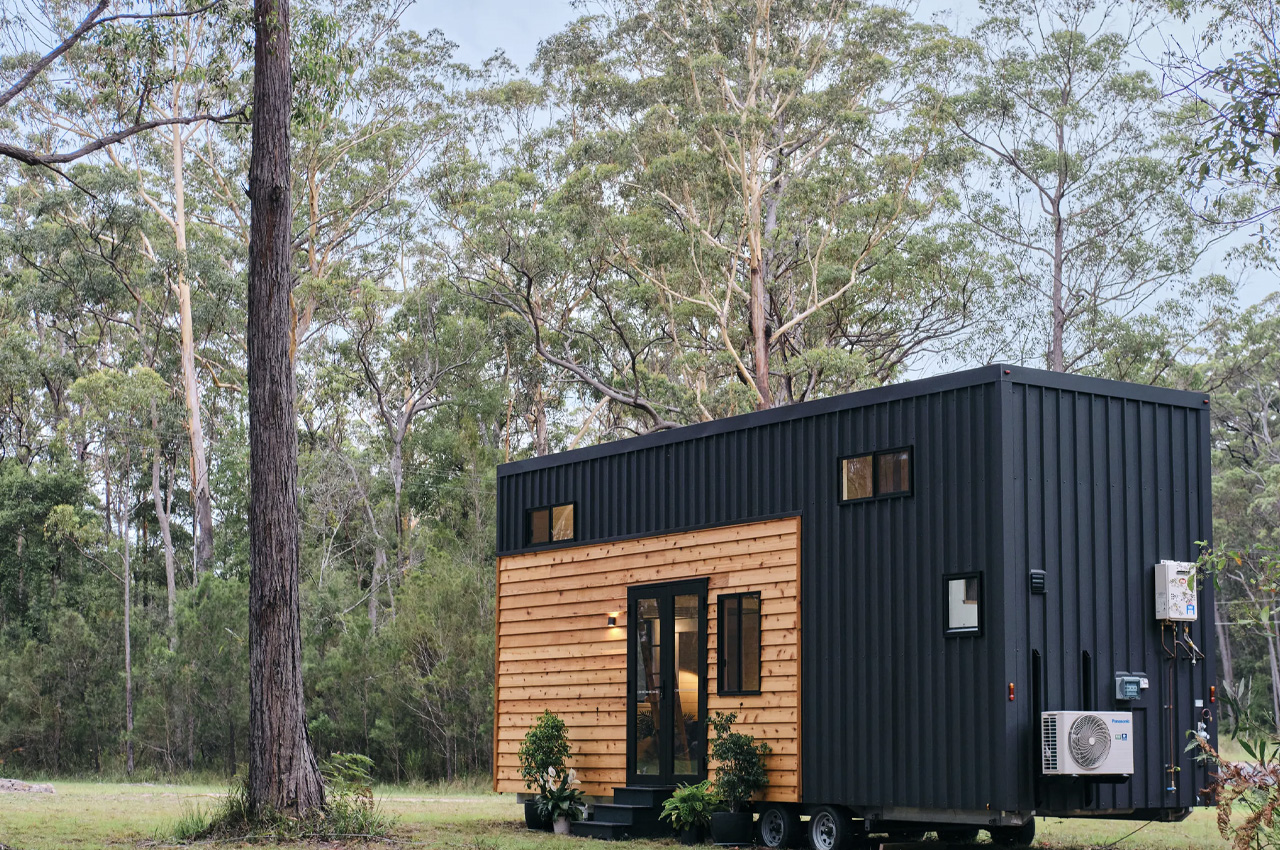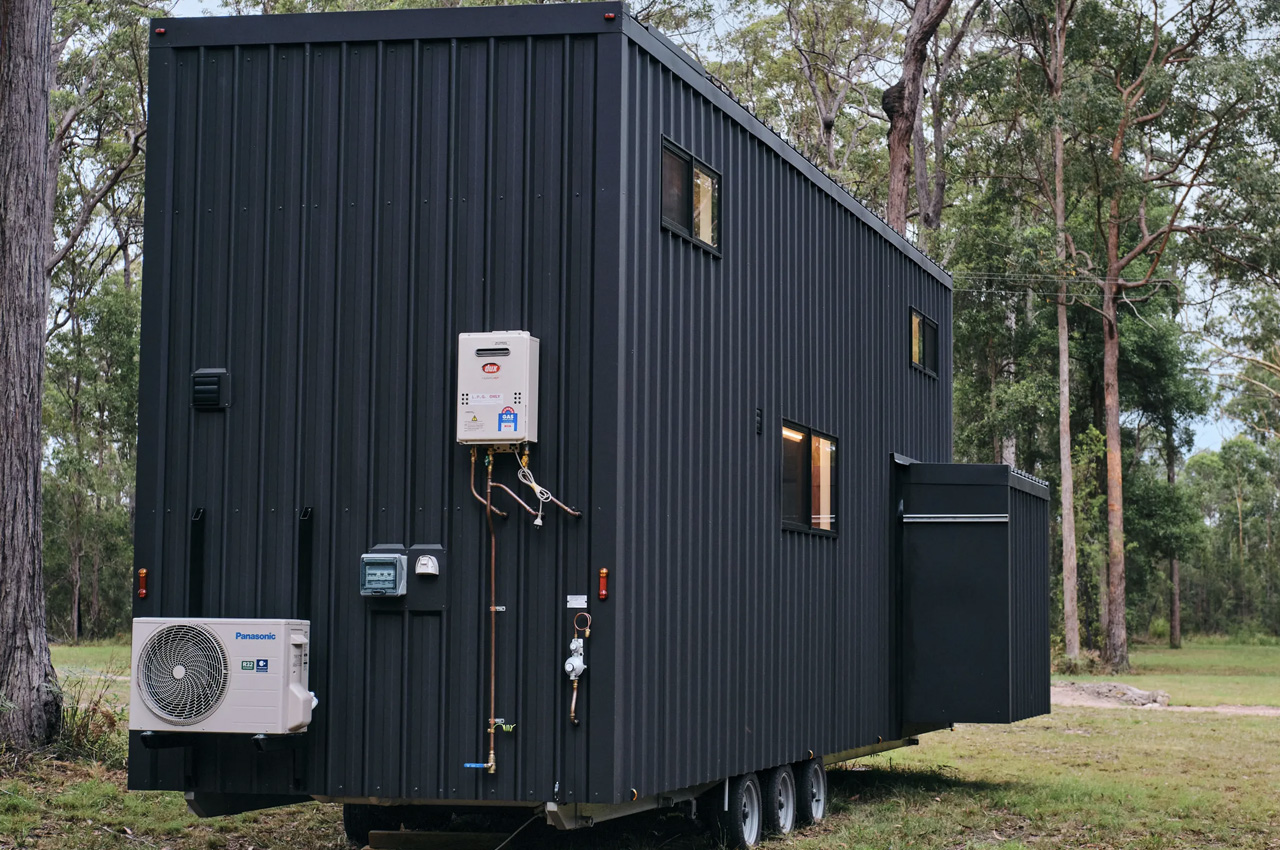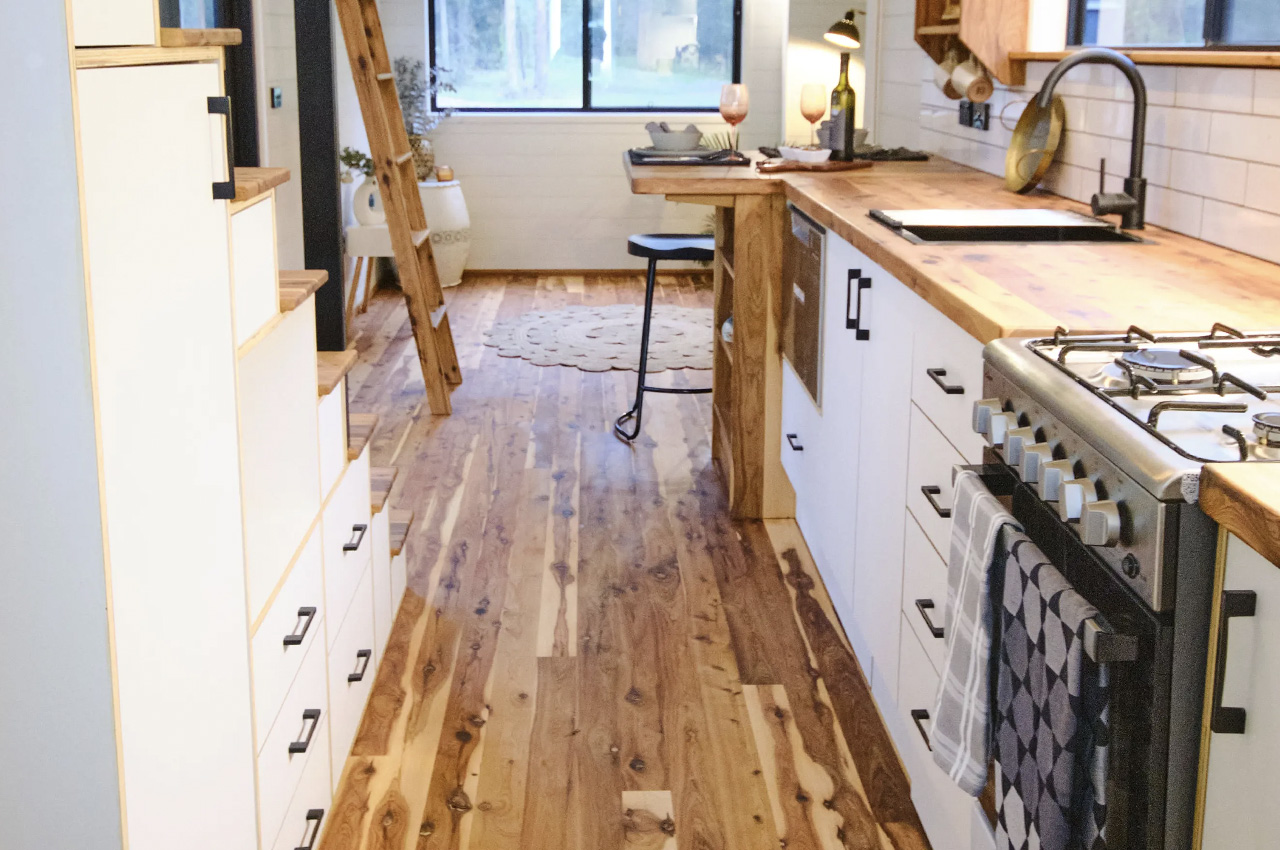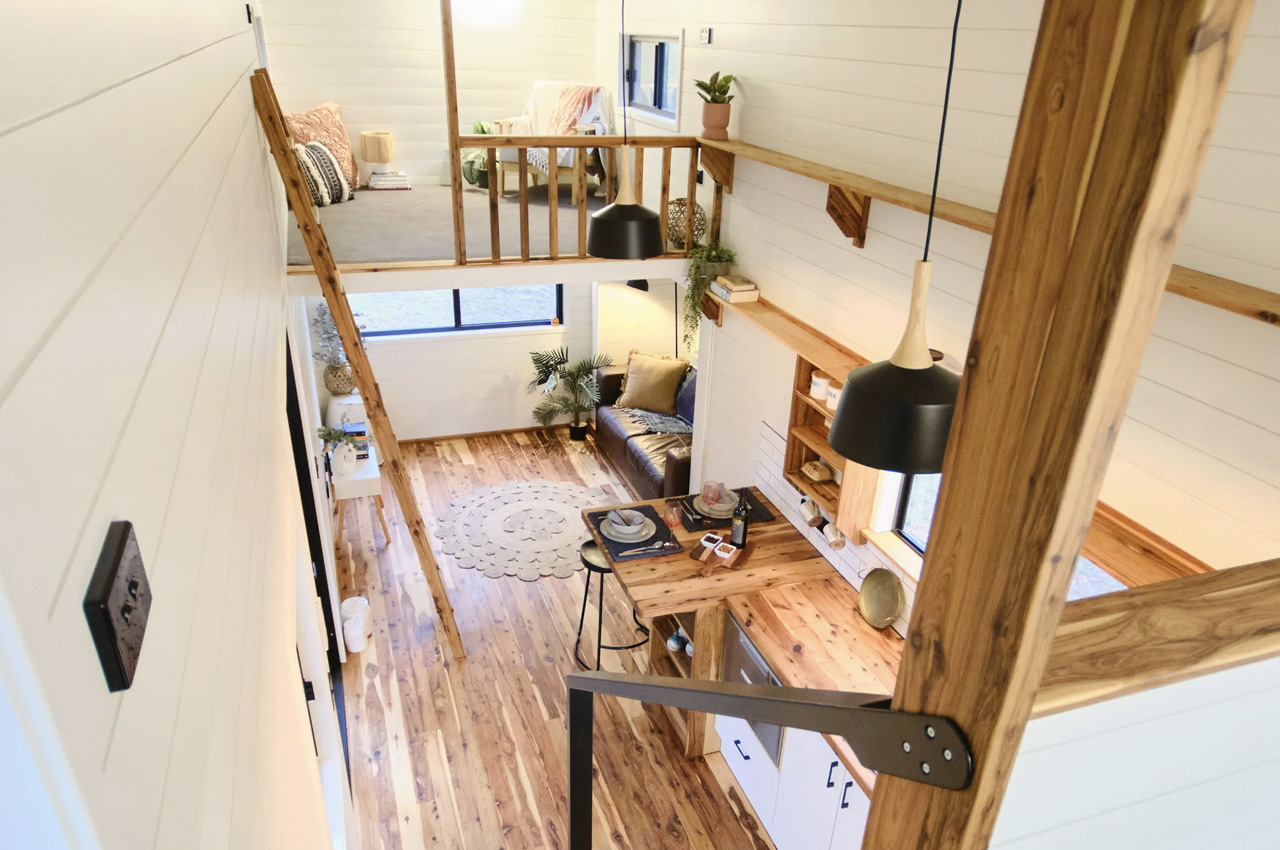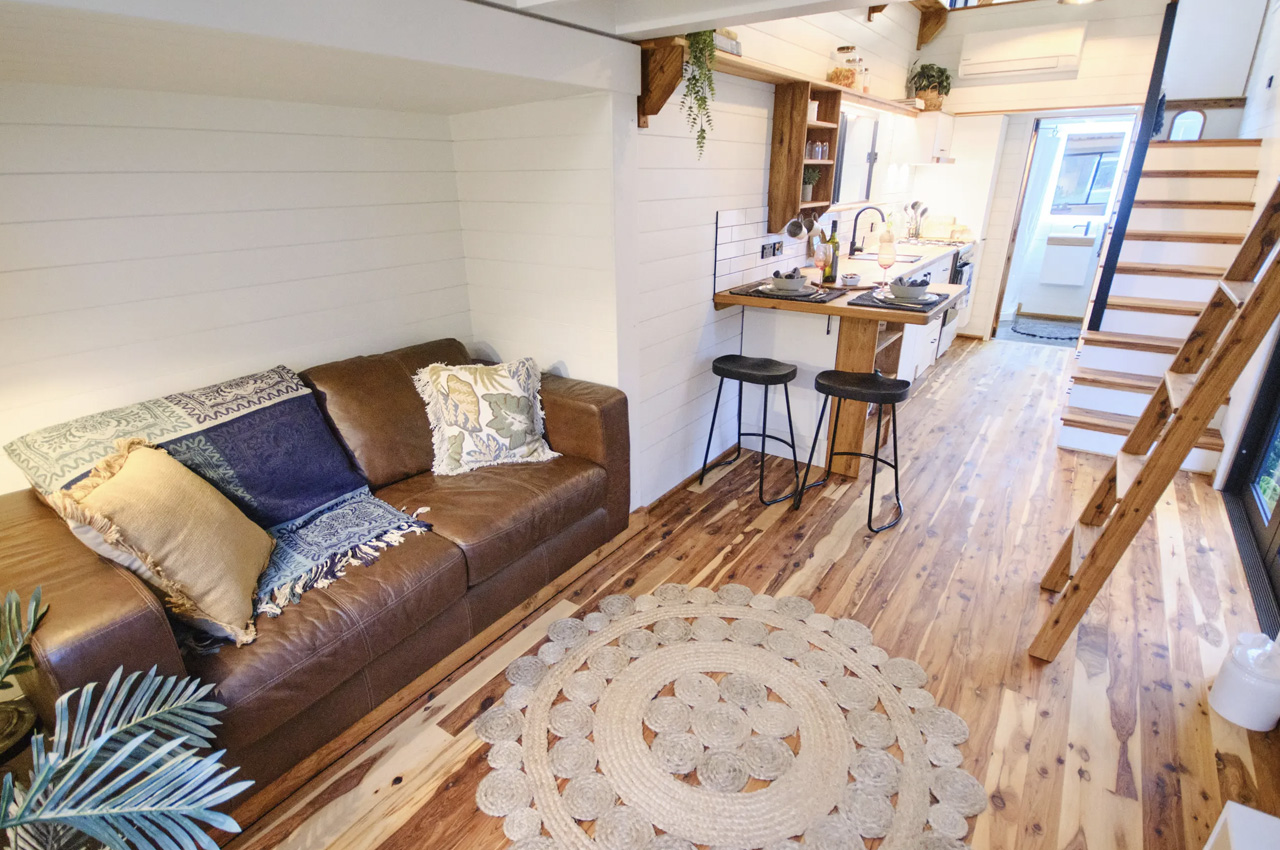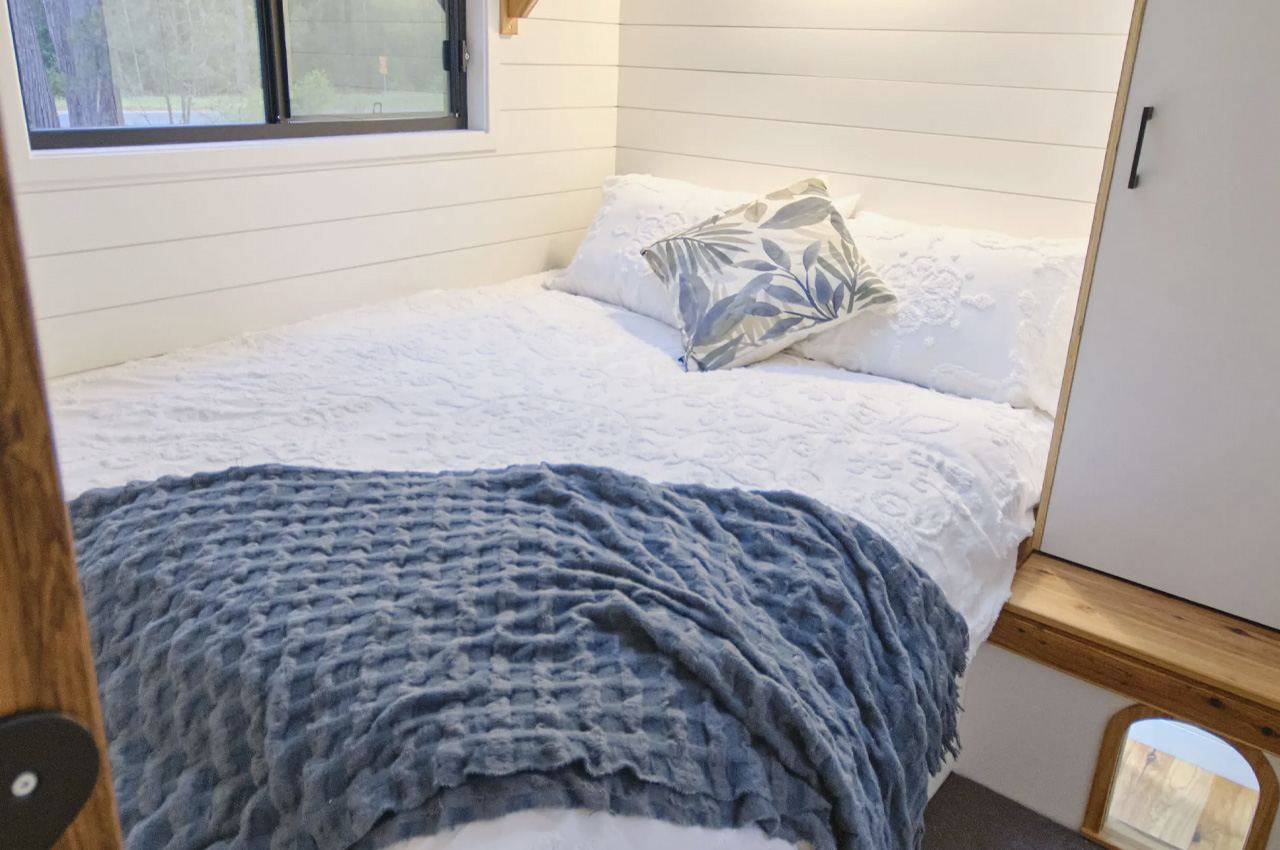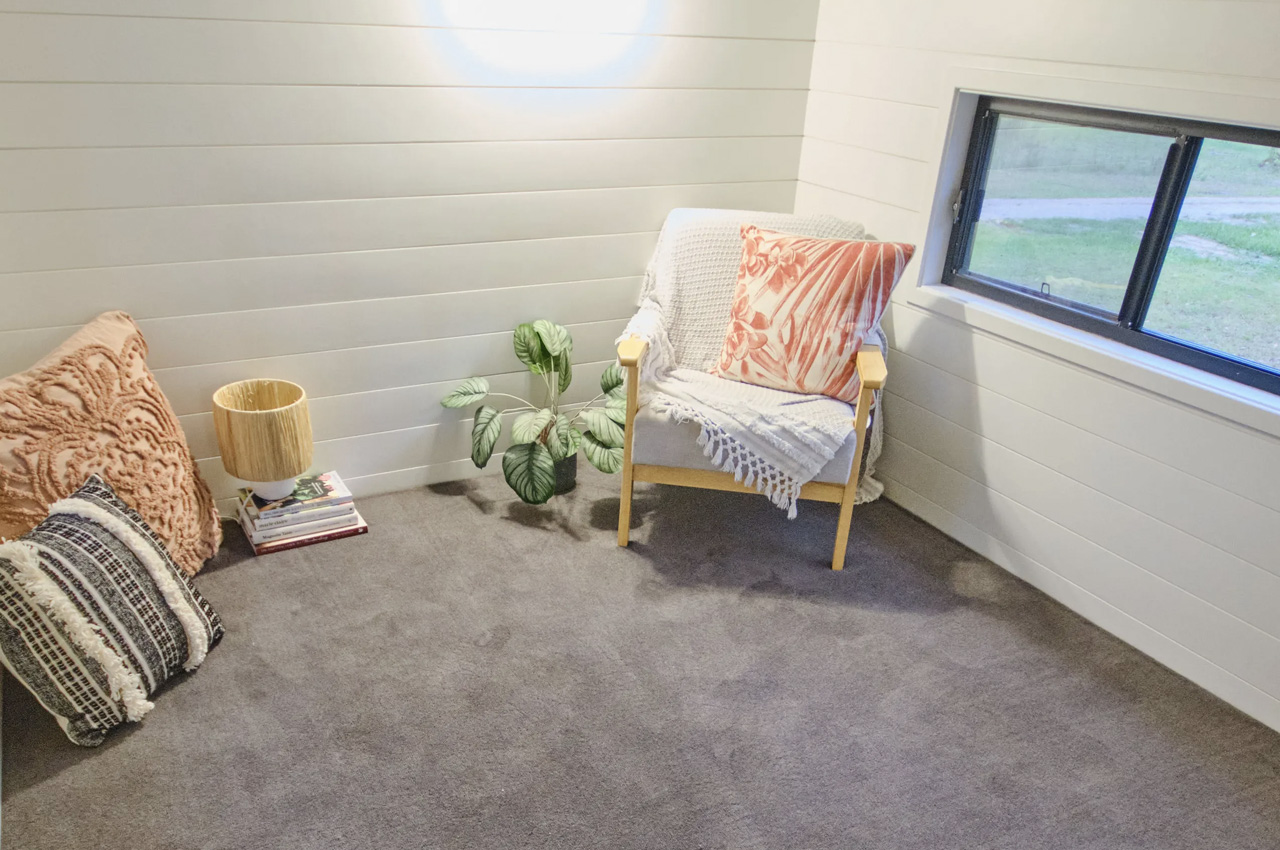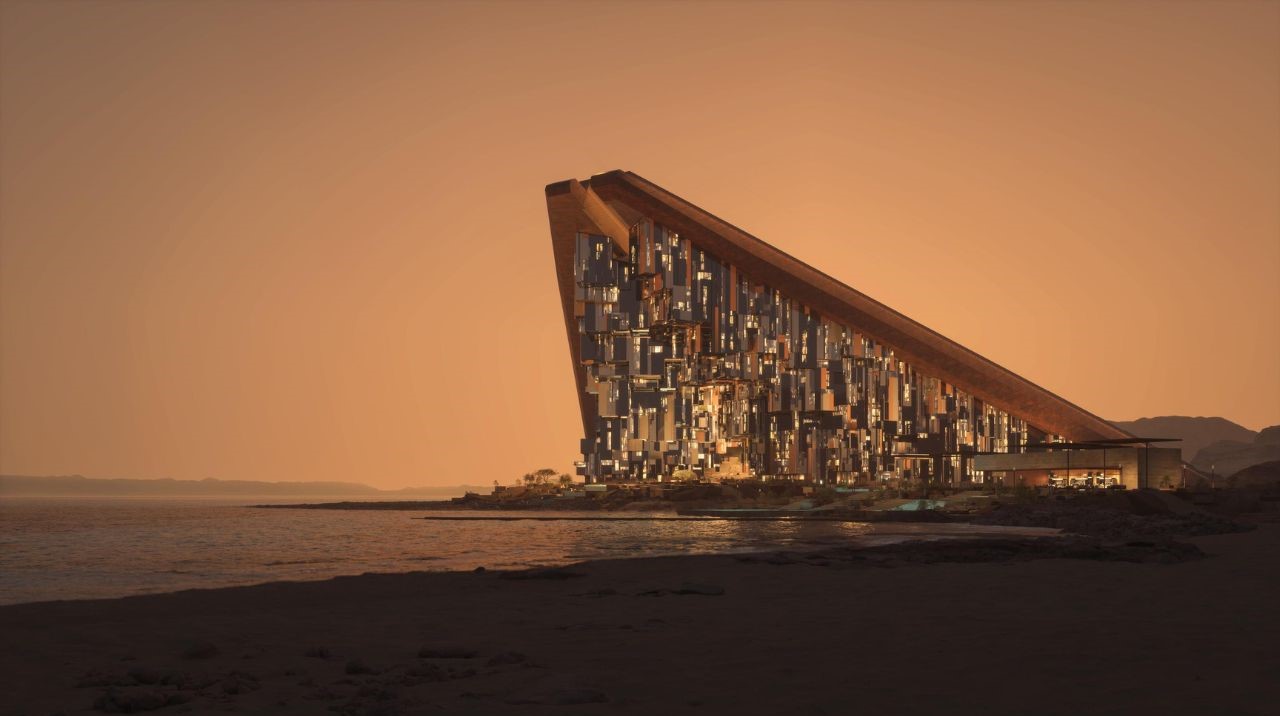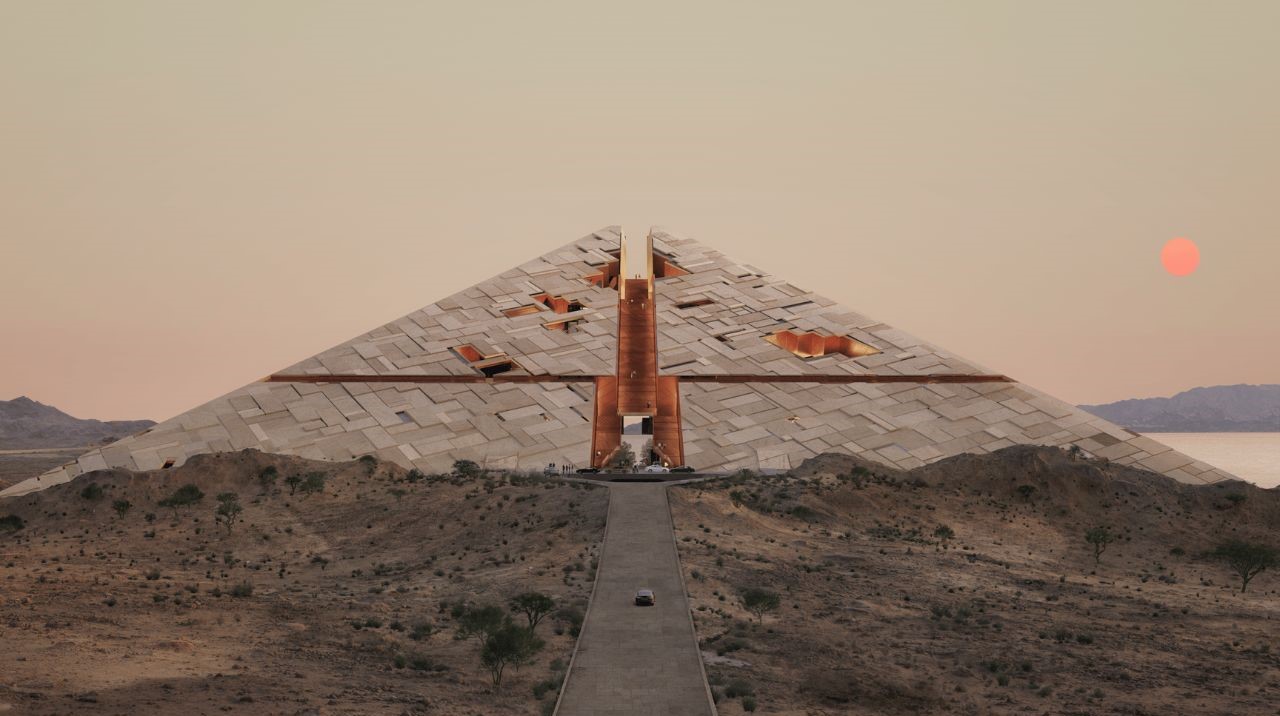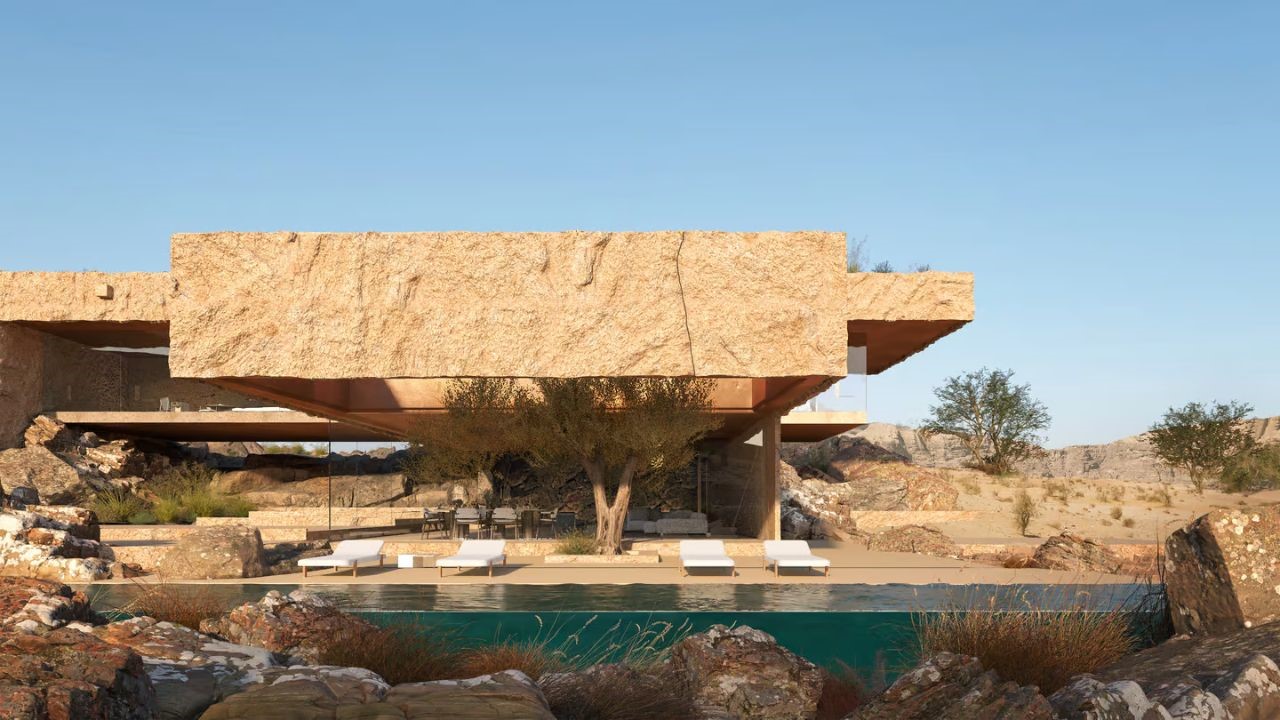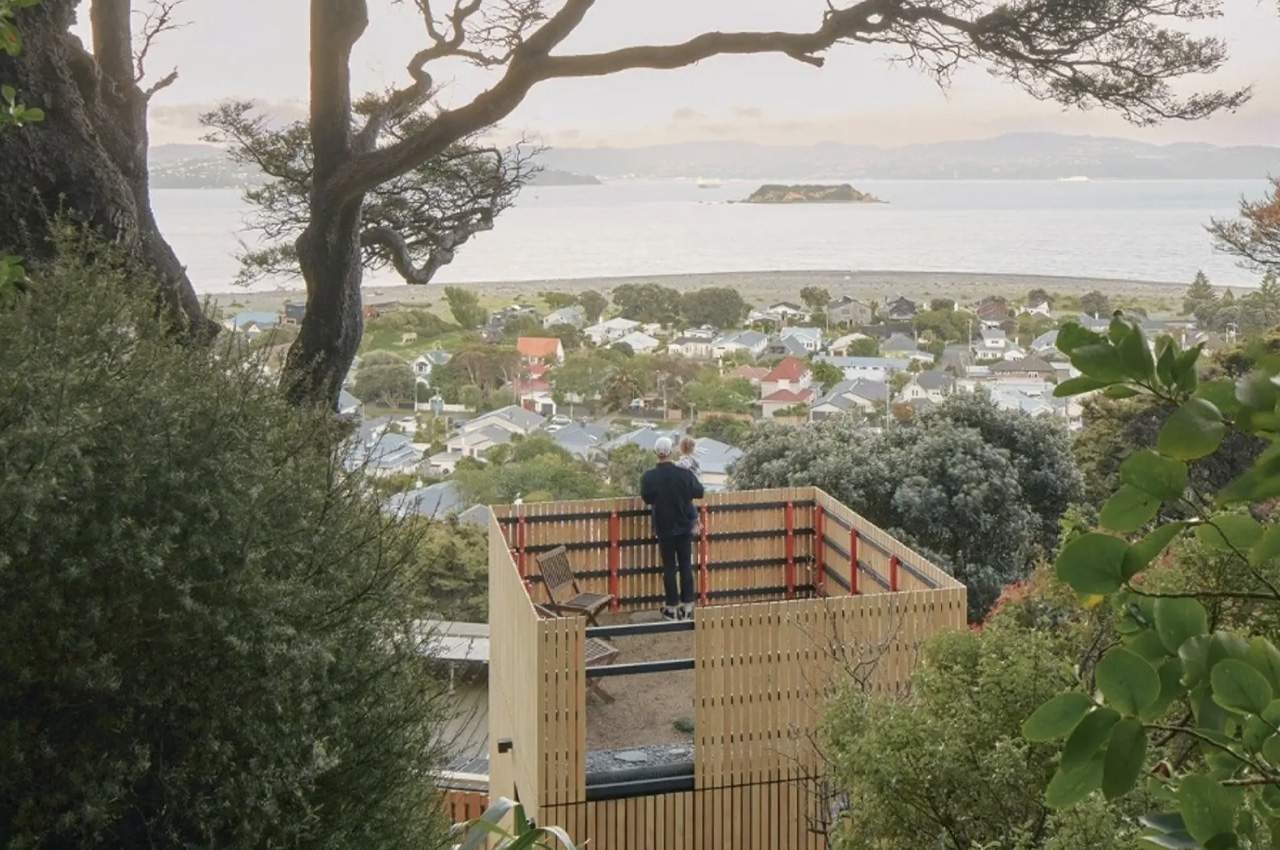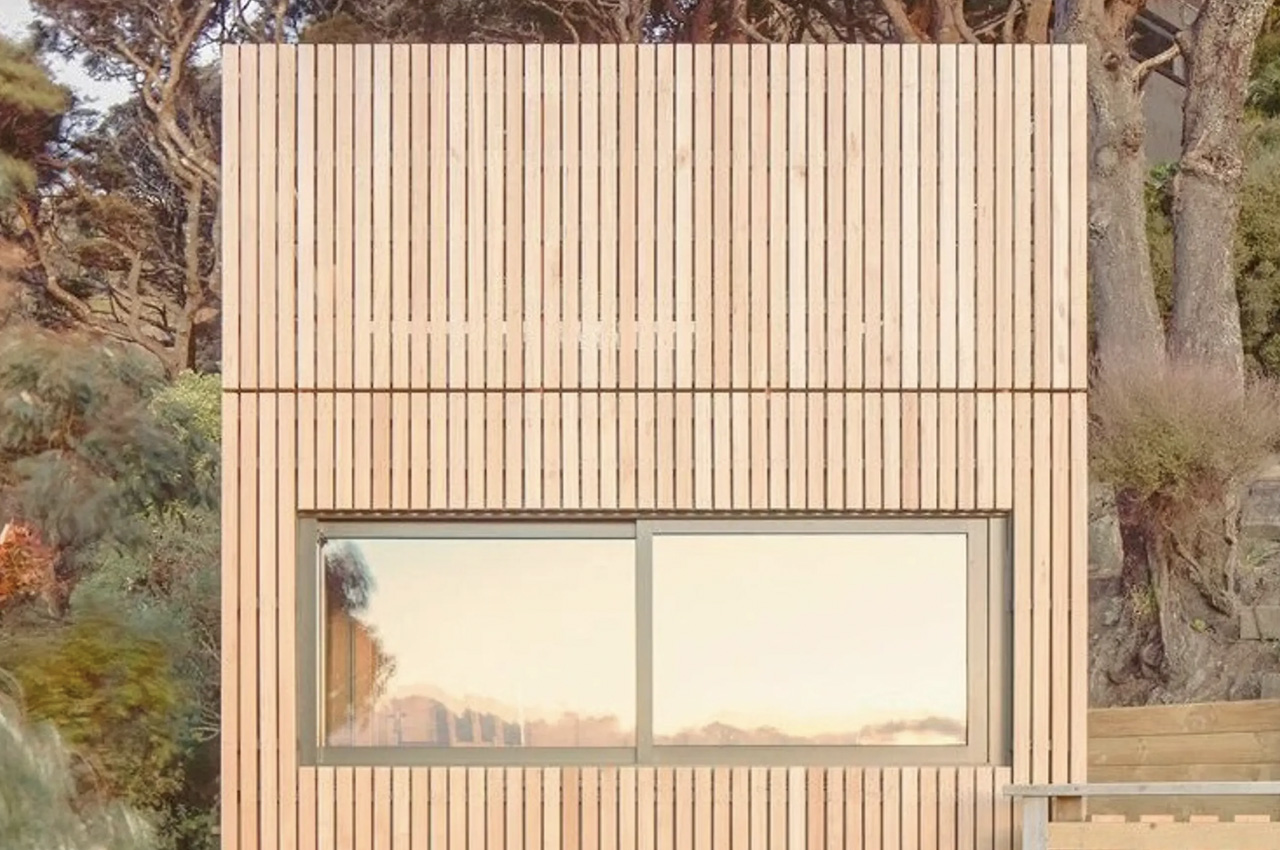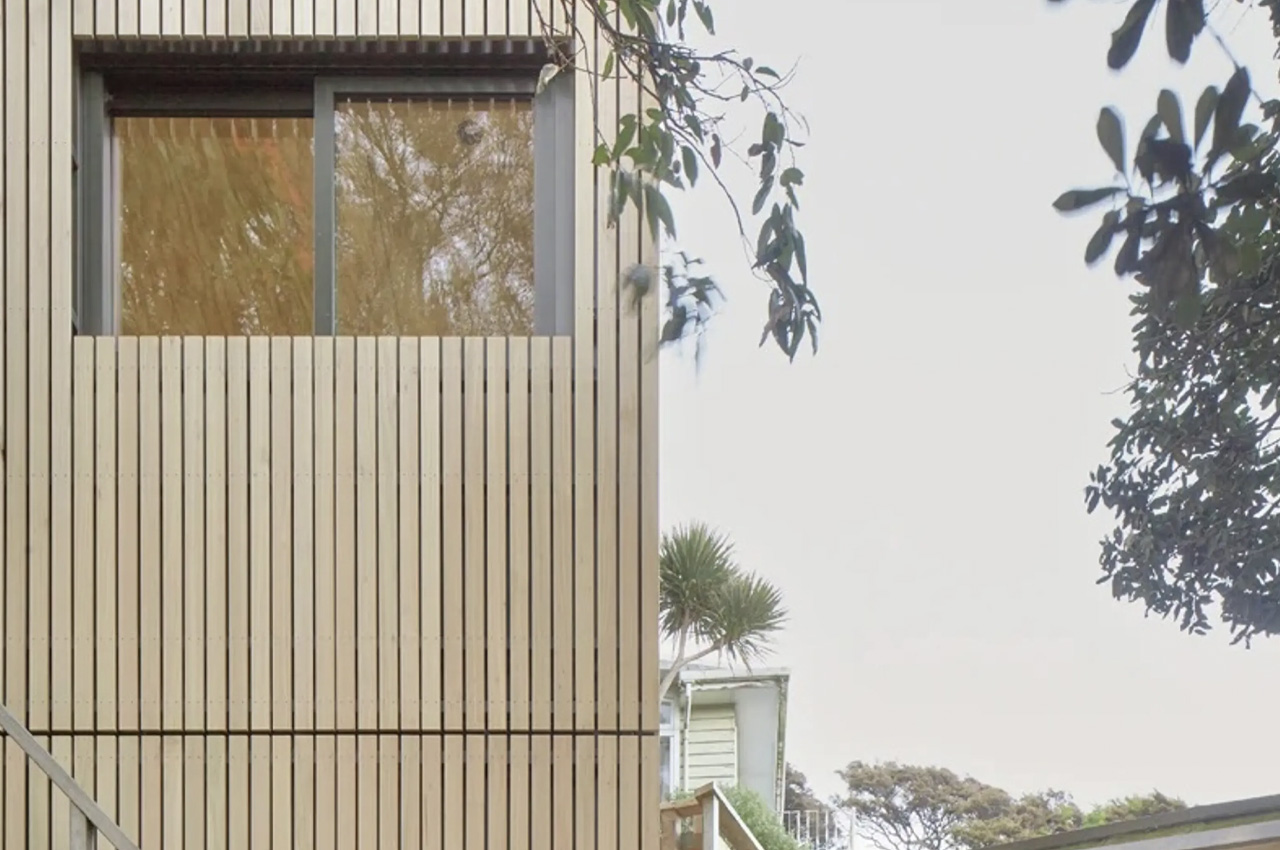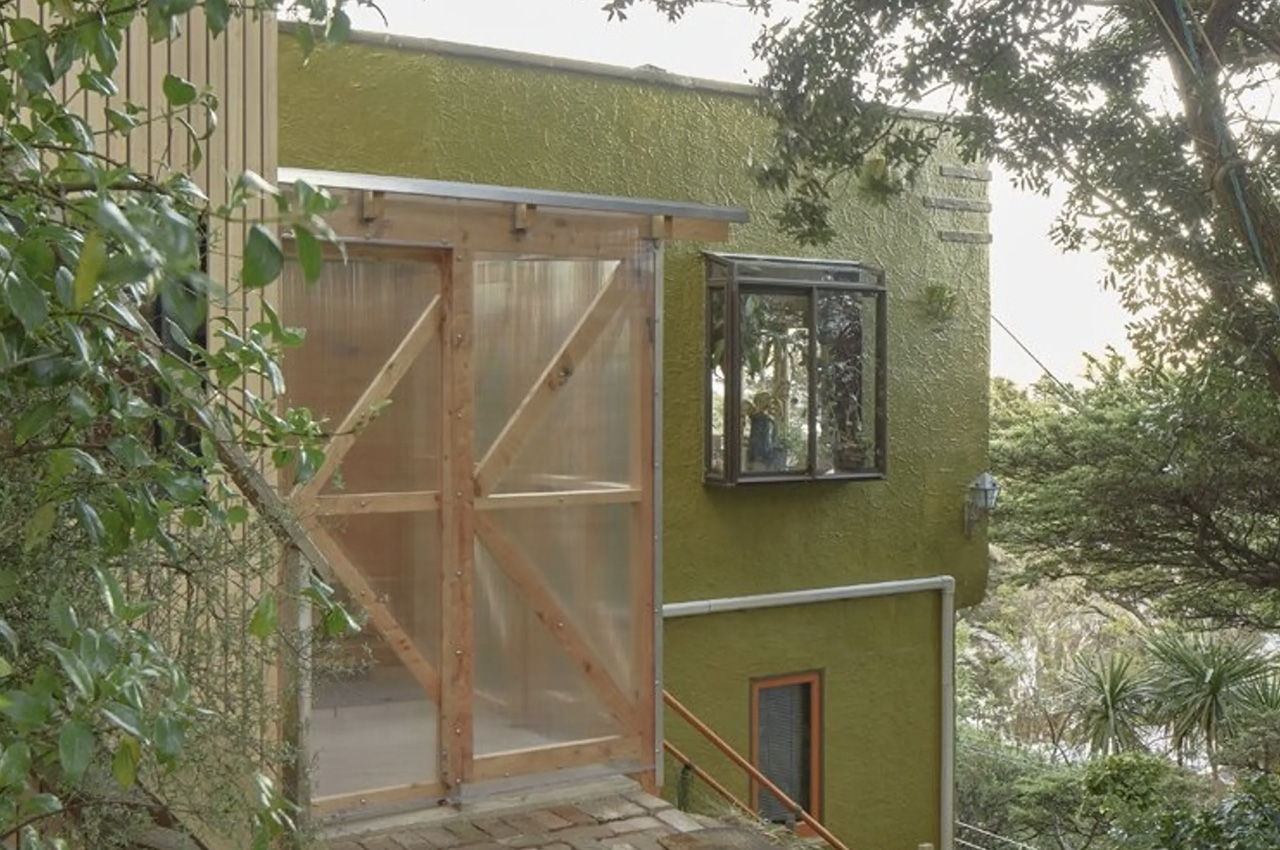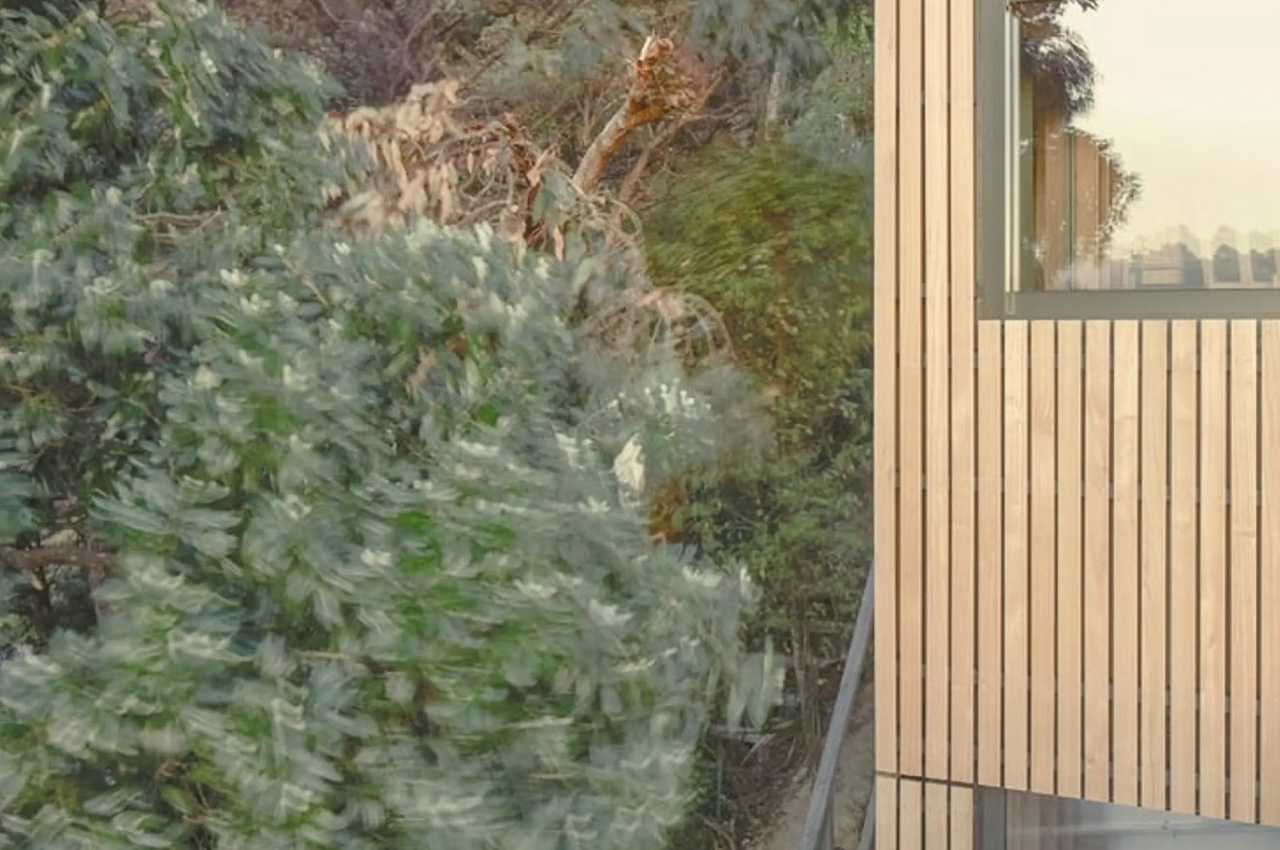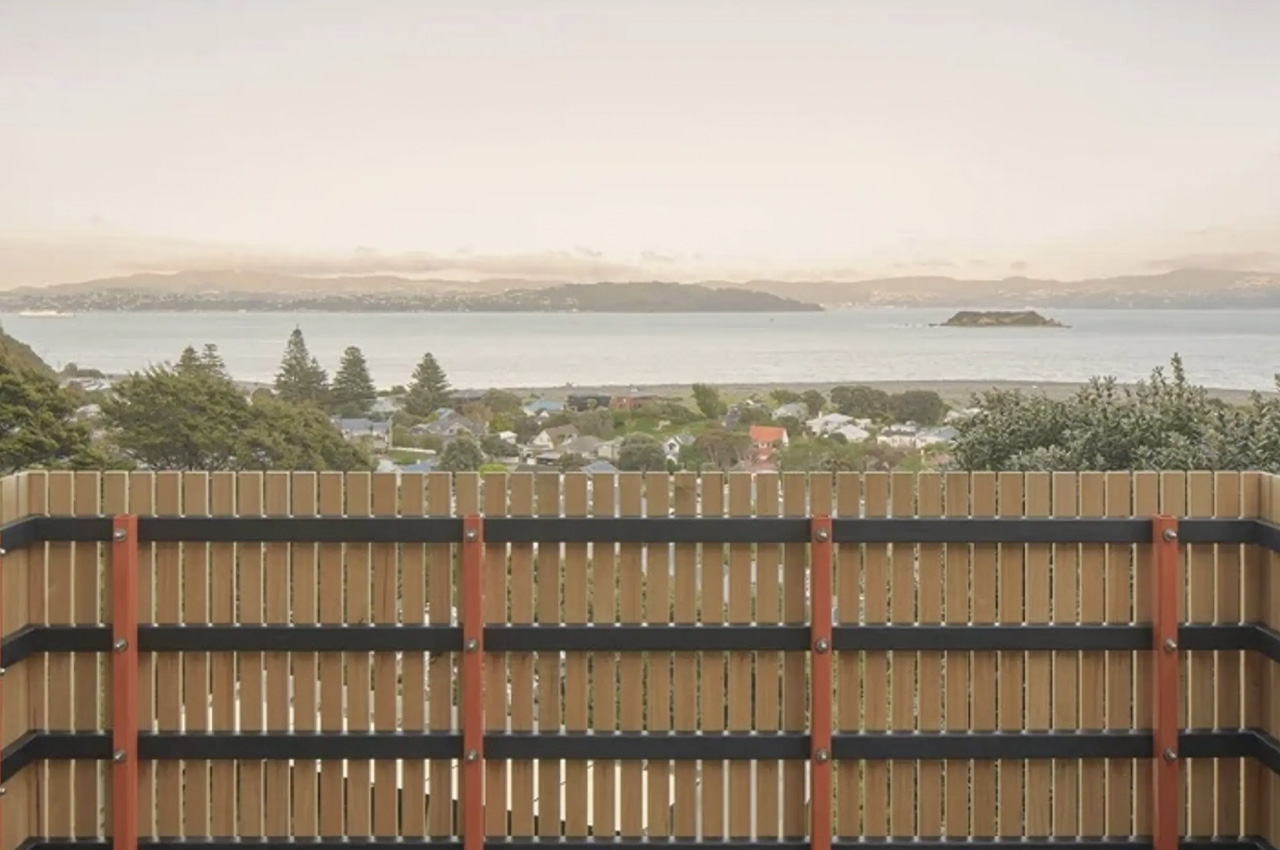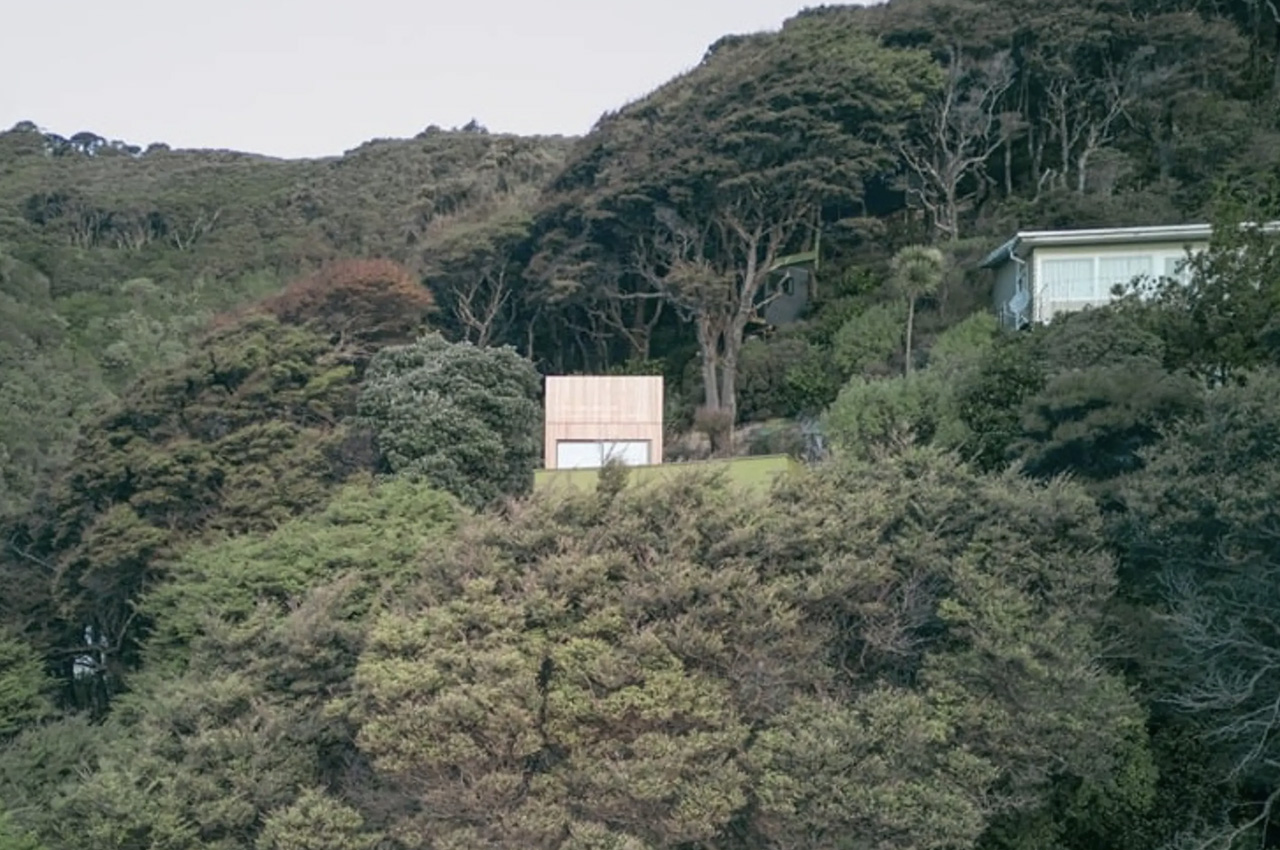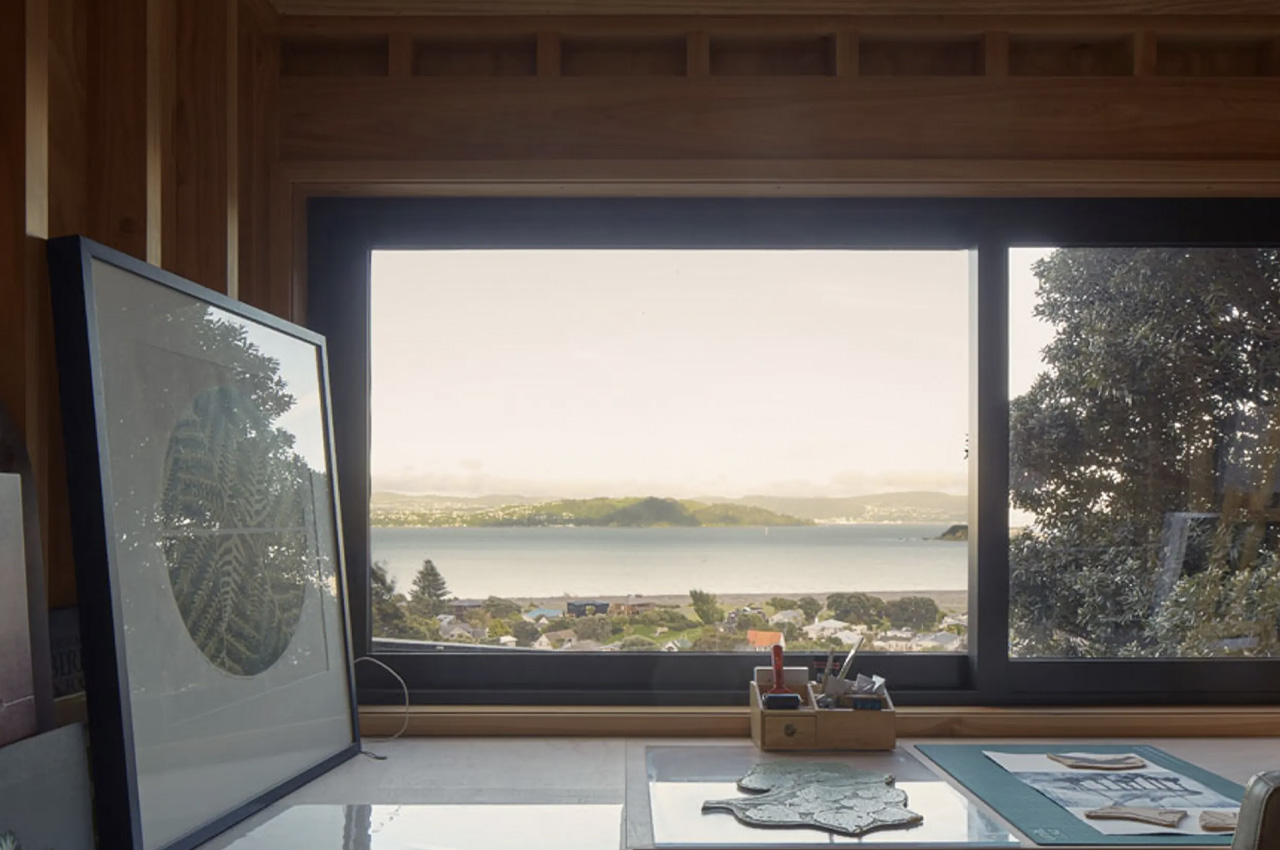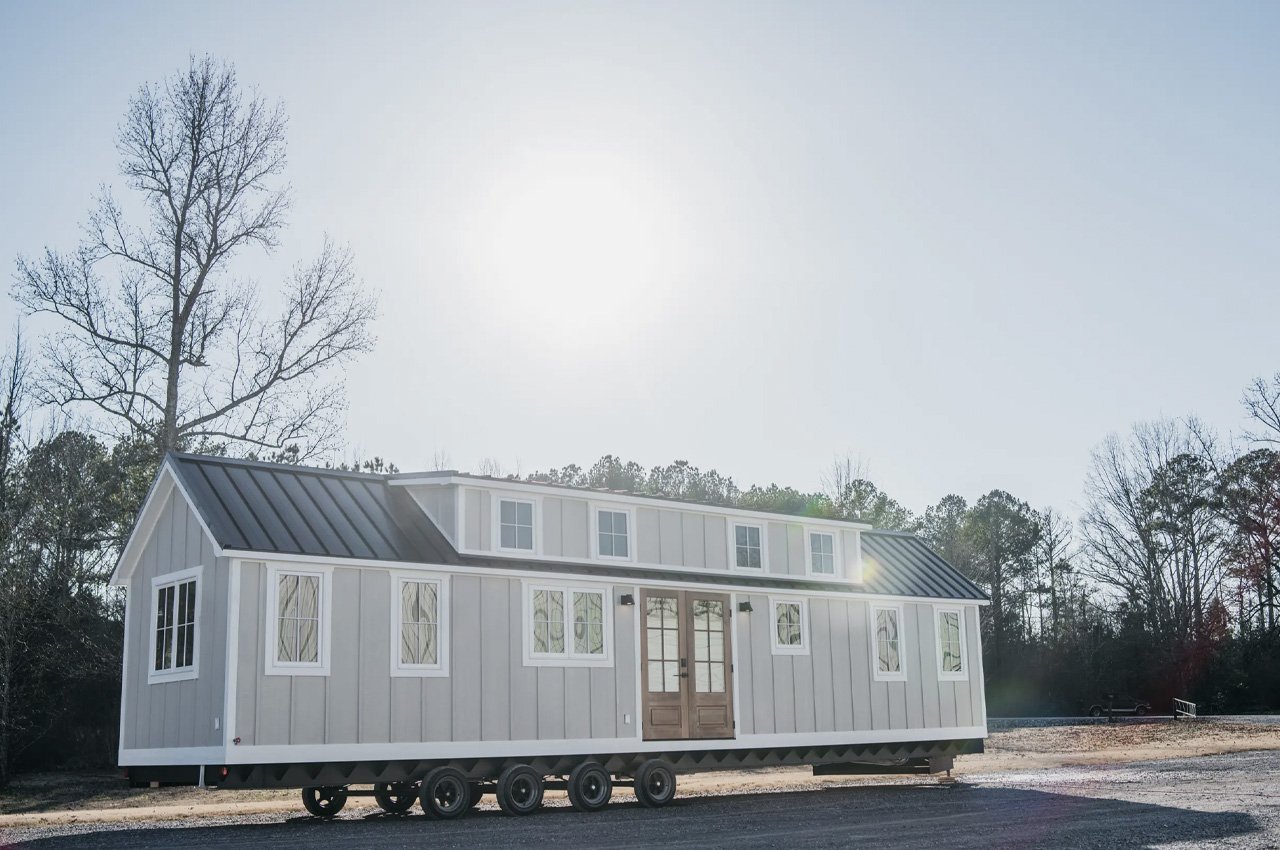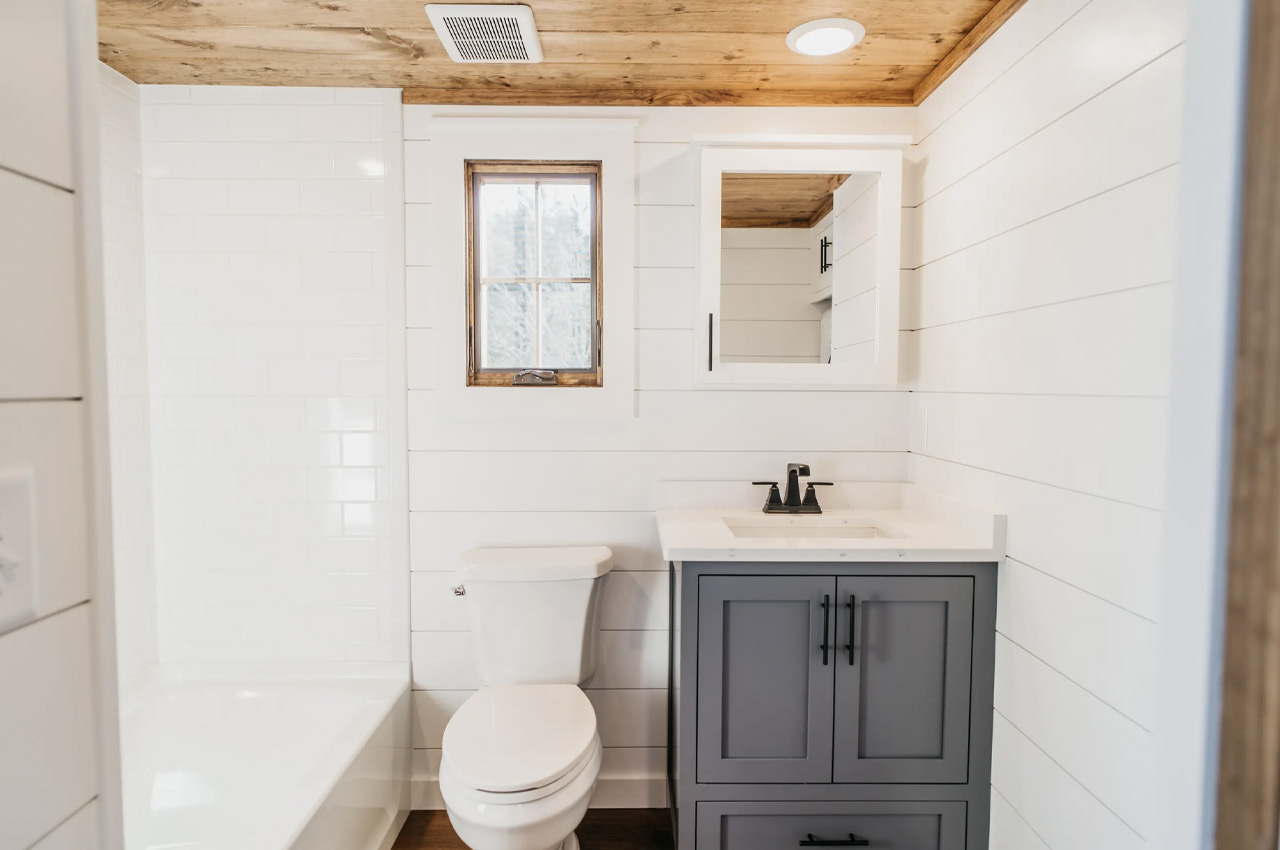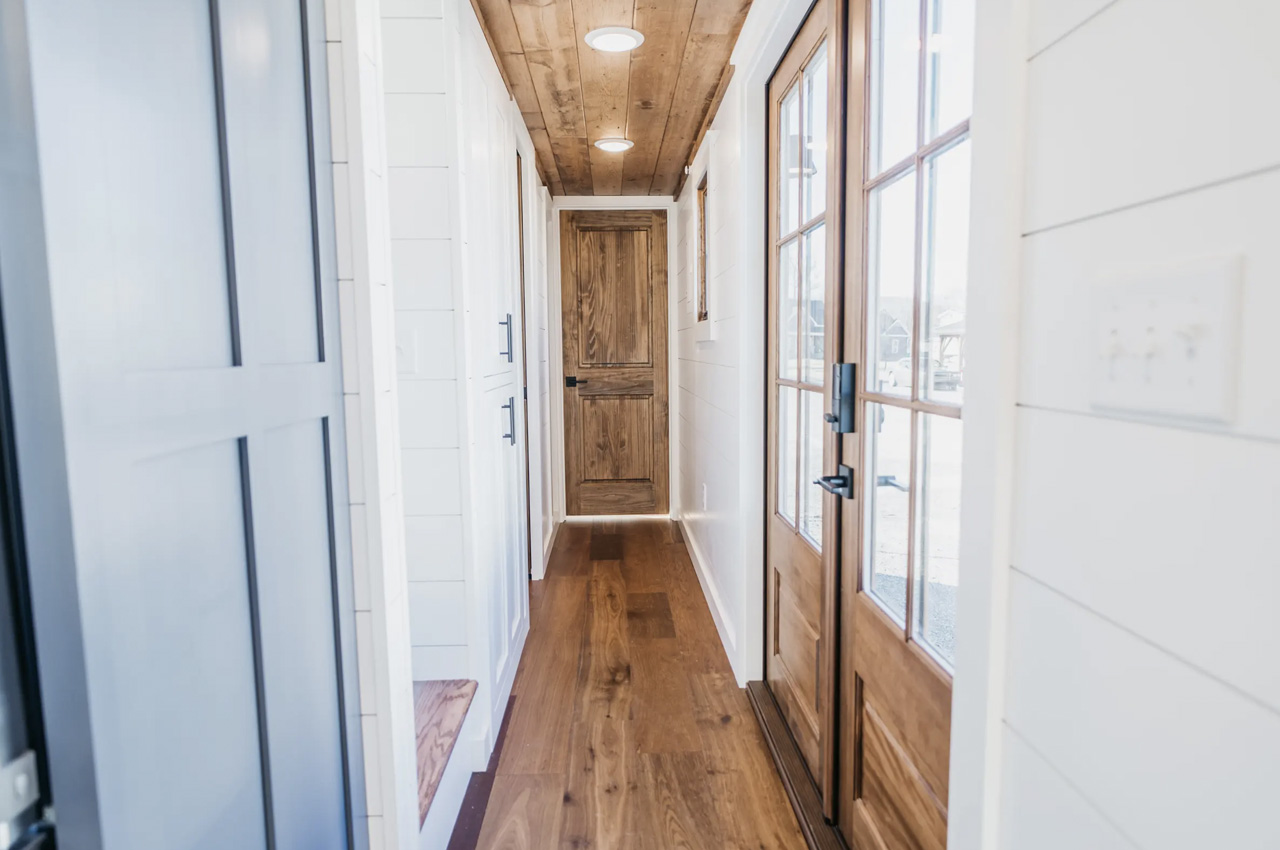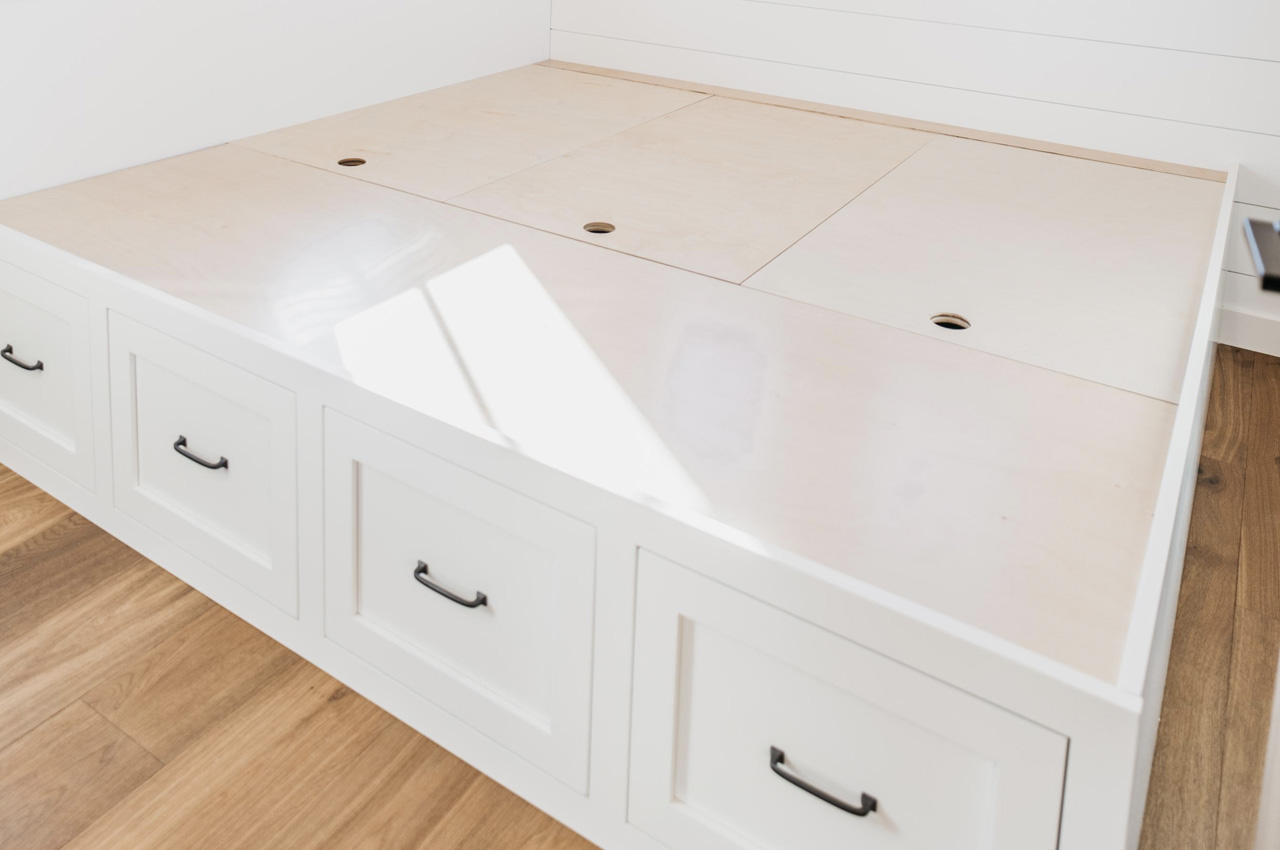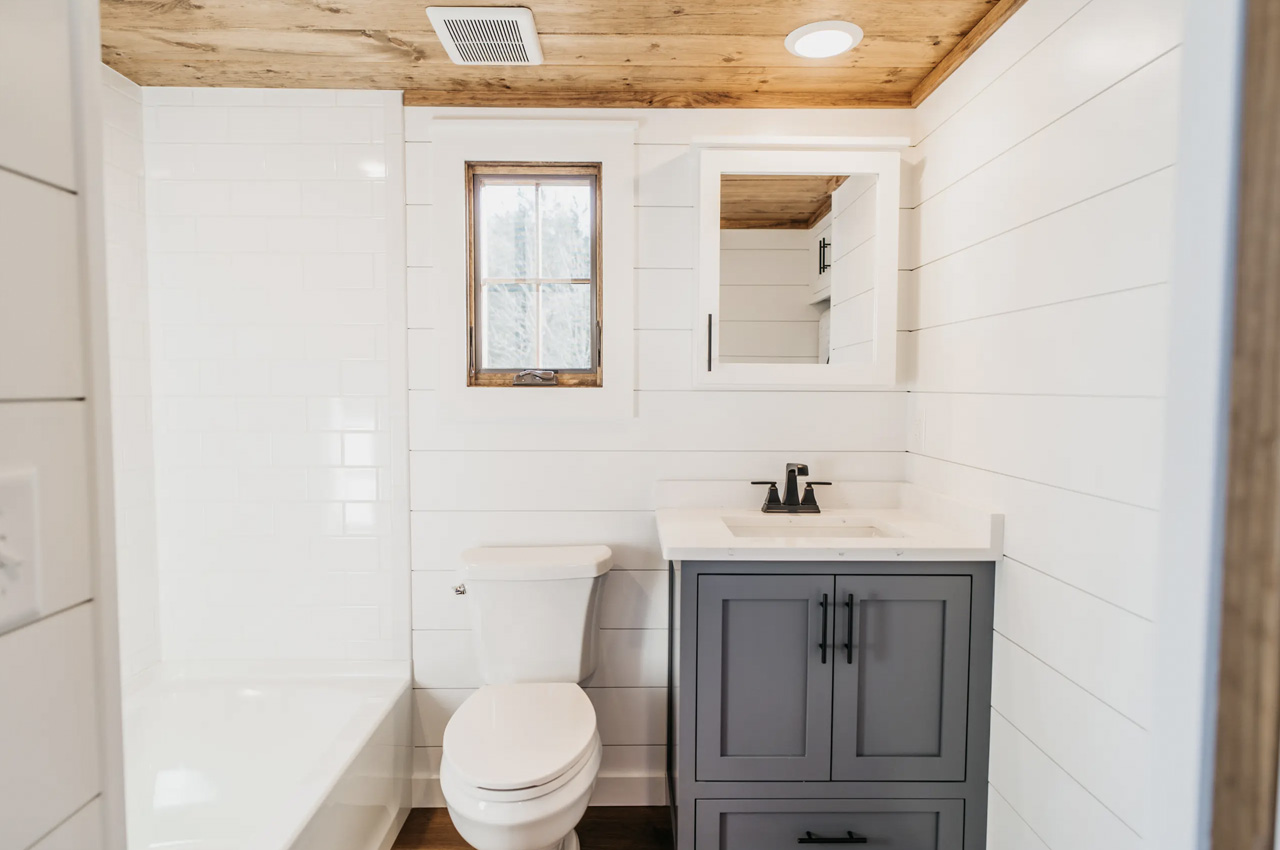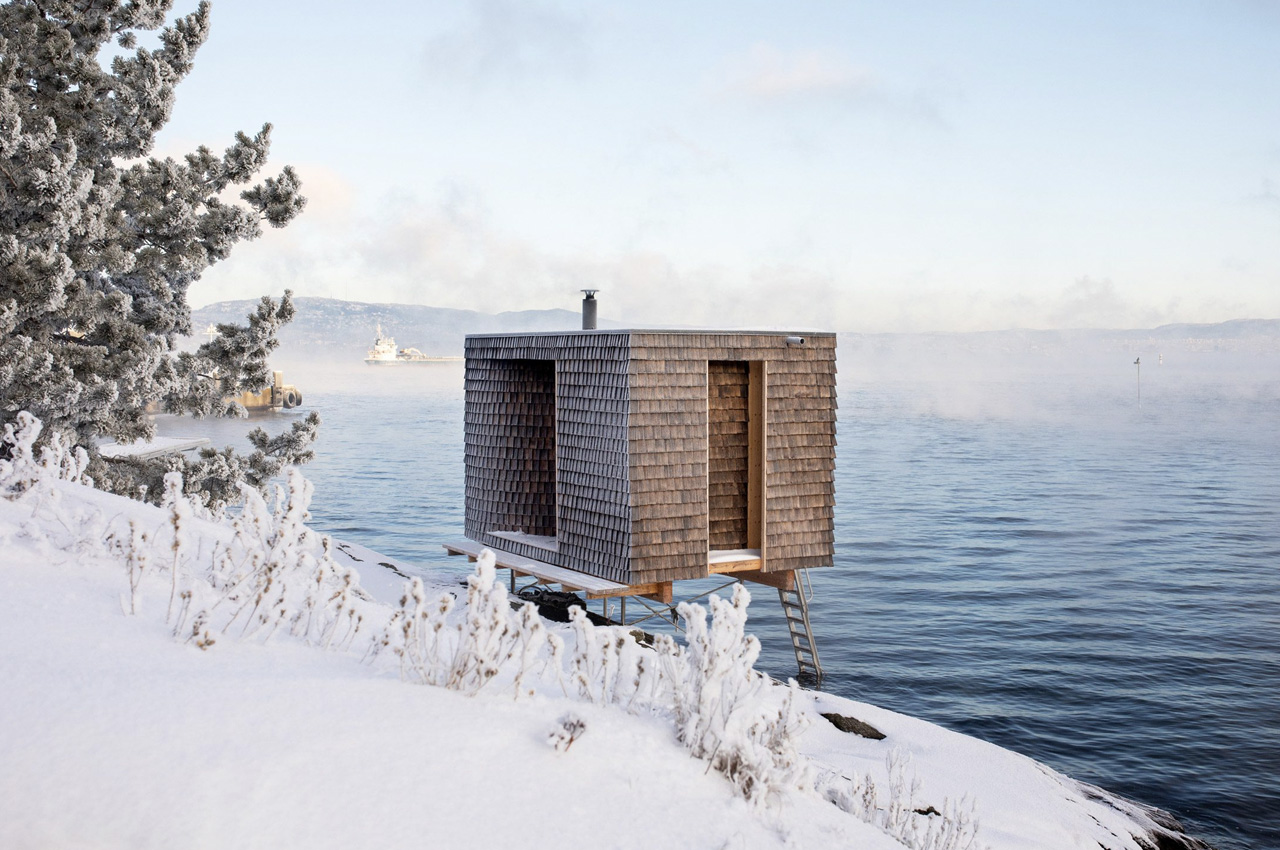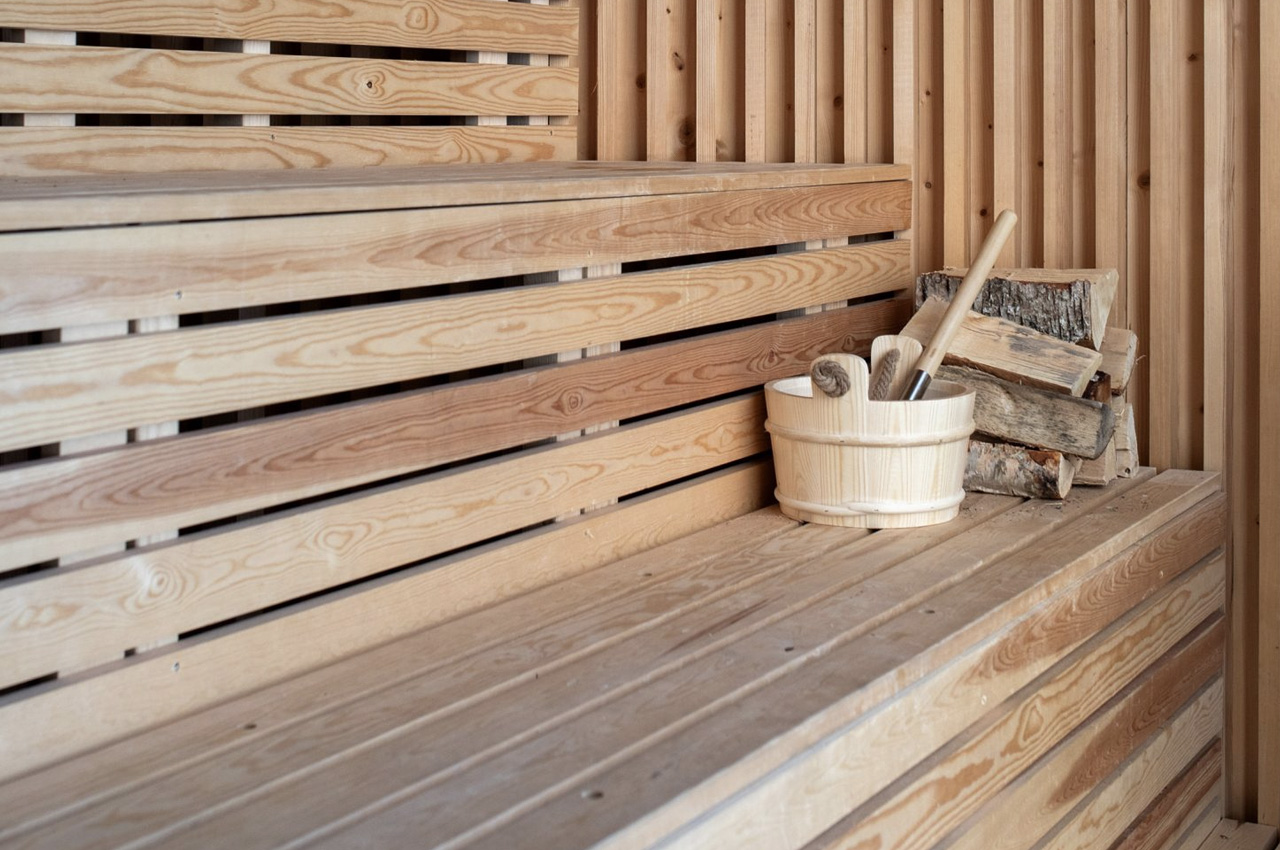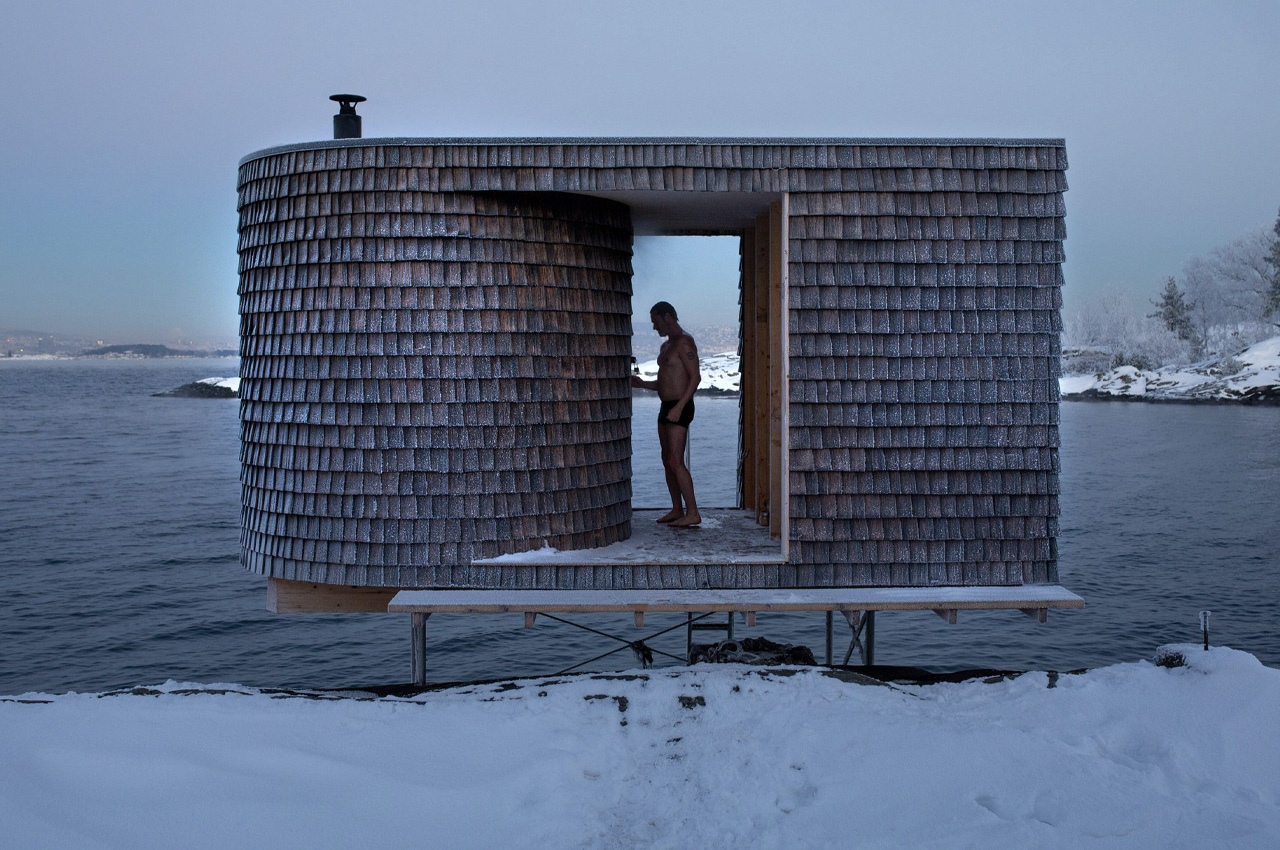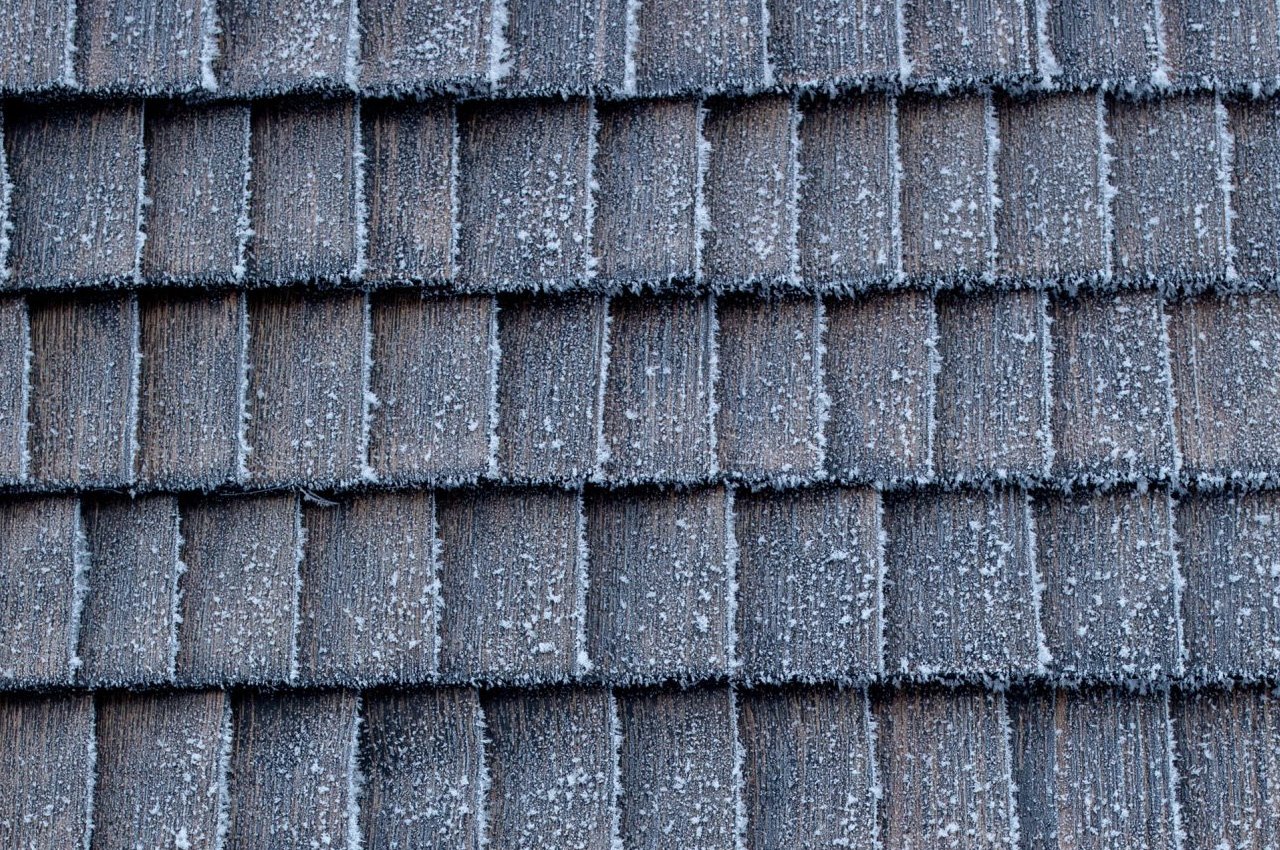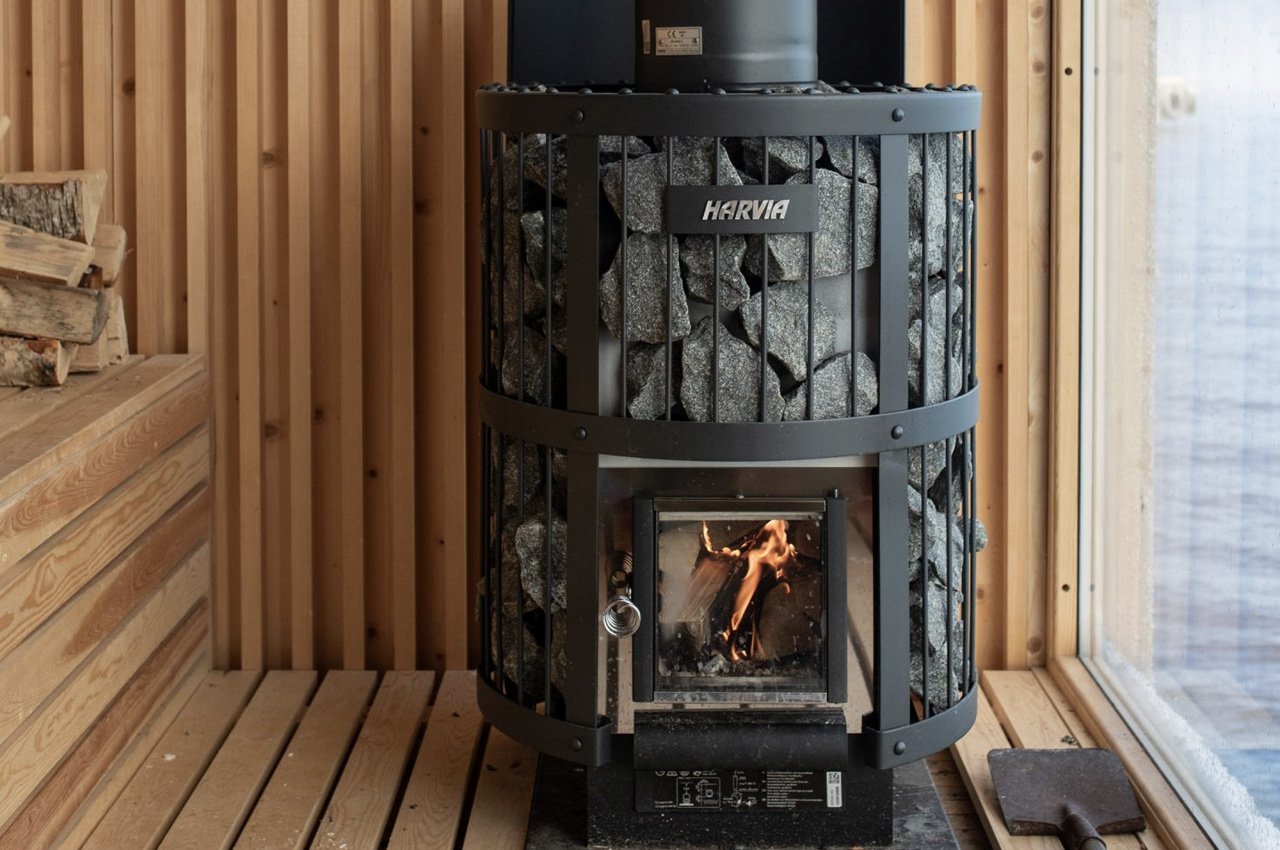
Dubbed the Telescope House, this cabin in Arizona is designed by Wendell Burnette Architects, and is created to capture the stunning views while slowly merging into the landscape like a “dark shadow”. This well-designed home is located in Sedona, a high-desert town located around two hours north of Phoenix by car. This area is popular for its red-colored rock formations, arts scene, and outdoor activities.
Designer: Wendell Burnette Architects
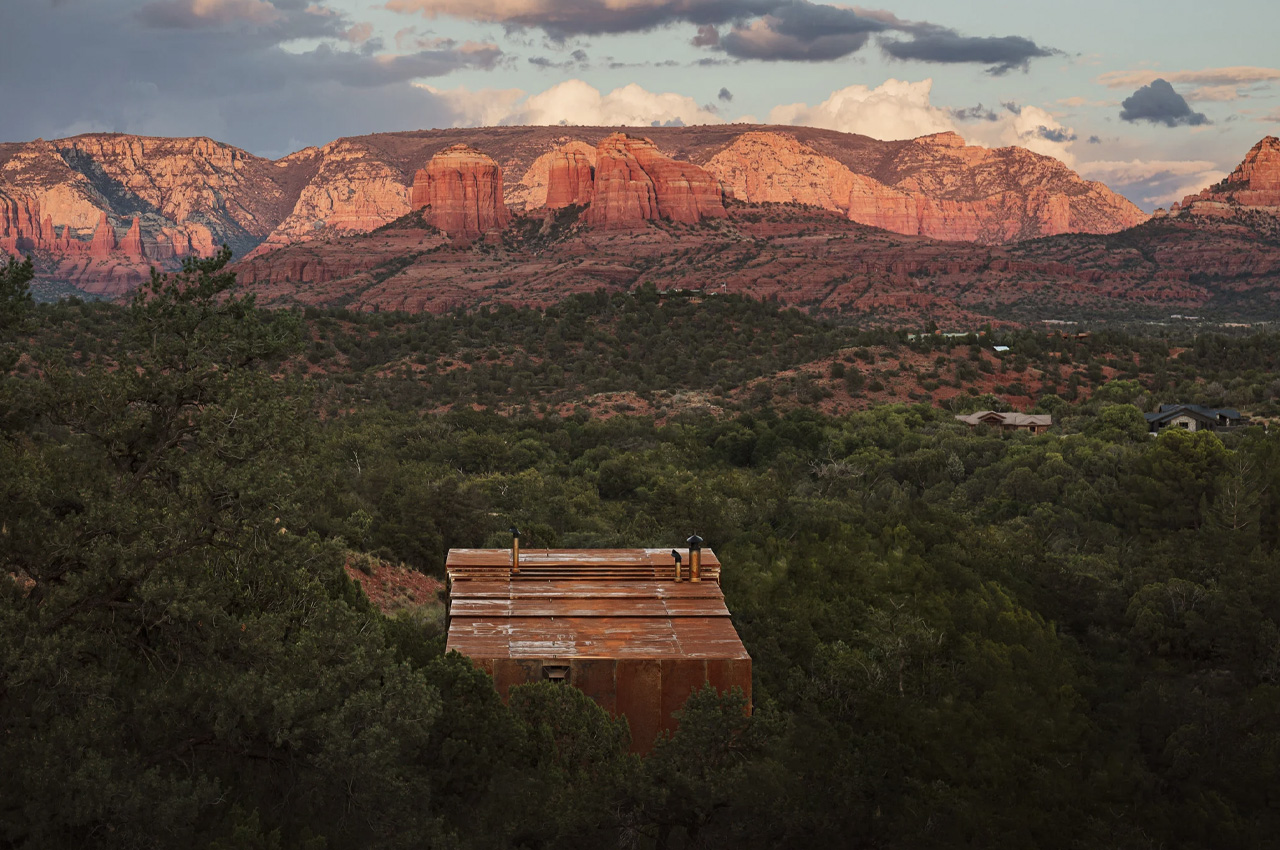
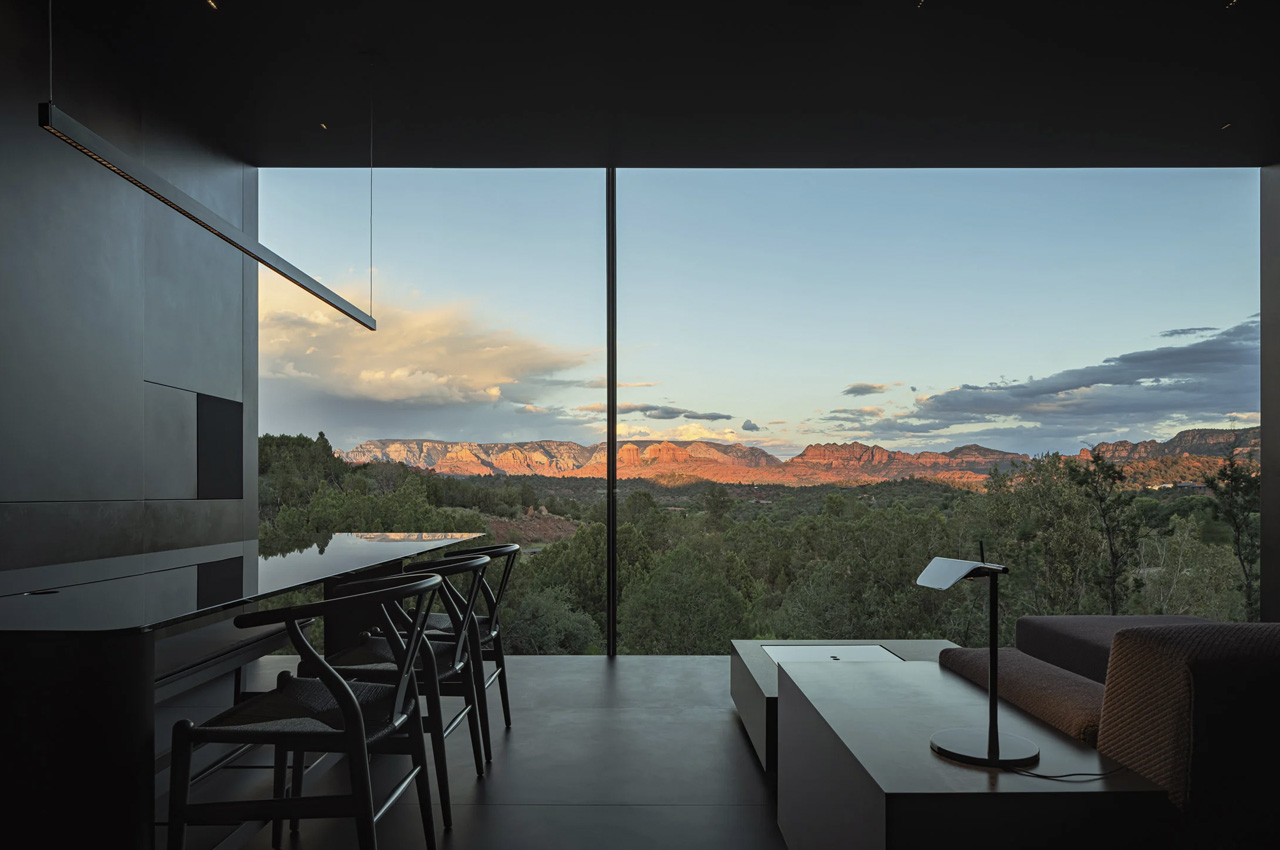
Providing framed views of Sedona, the cabin occupies 1600 square feet and is designed for a couple who plans to live there full-time soon. It is a cozy nature retreat, which is rented out when the client isn’t staying at home. “This home is designed to recede into the landscape as a dark shadow,” said Phoenix-based studio Wendell Burnette Architects. The home is rectangular, and is perched on a gently sloping site, and was constructed atop the footprint of another building.
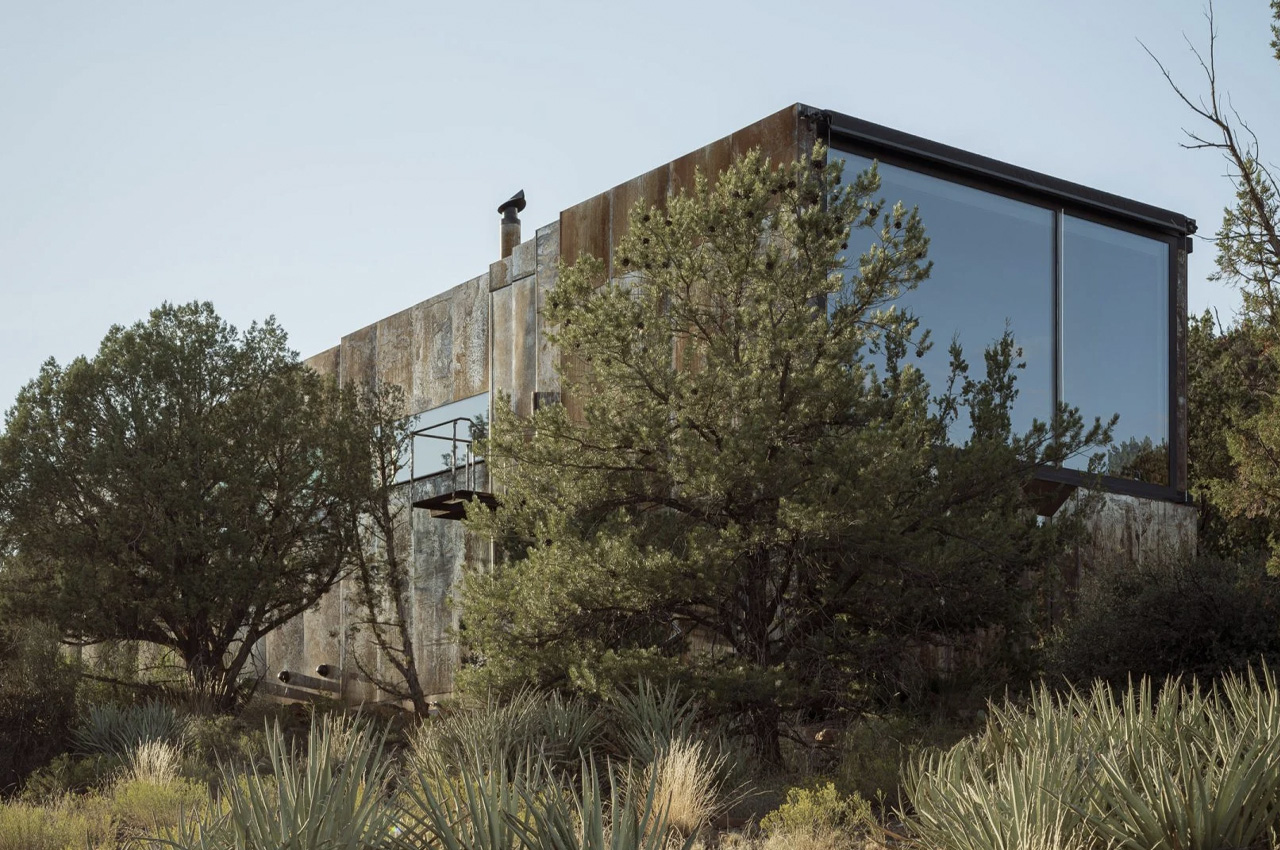

The Telescope House is fitted between rows of old Juniper trees which frame picture-perfect views of Munds Mountain, and a butte called the Cathedral Rock. The home functions as a “land-based telescope”, and it flows towards the framed views in the plan and section.
“The Corten cladding is made of standard-size sheets lapped downslope and folded down N-S elevations as full-height flashing,” the team said. “It is naturally fireproof along with steel-plate window frames.” The exterior walls of the home are wrapped in weathering steel, which protects the home against wildfires.
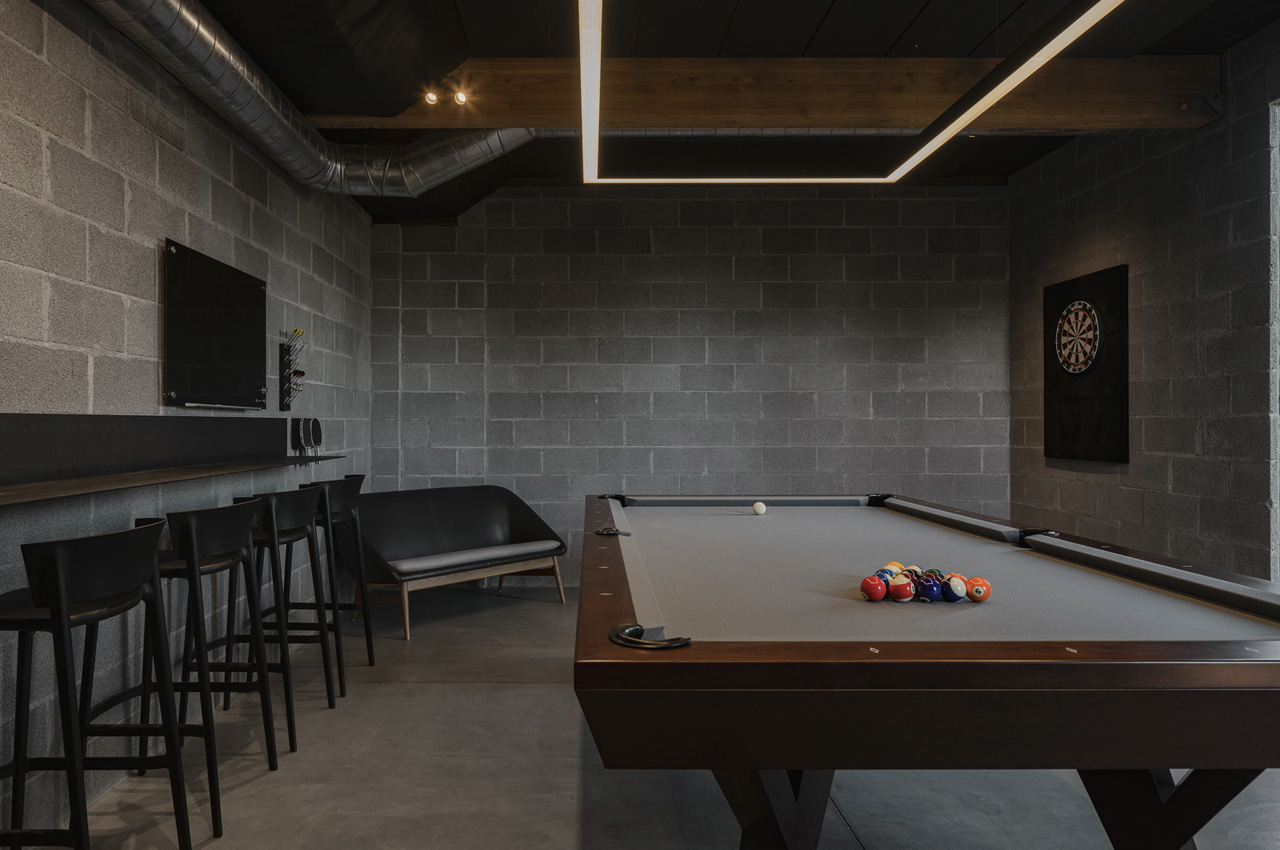
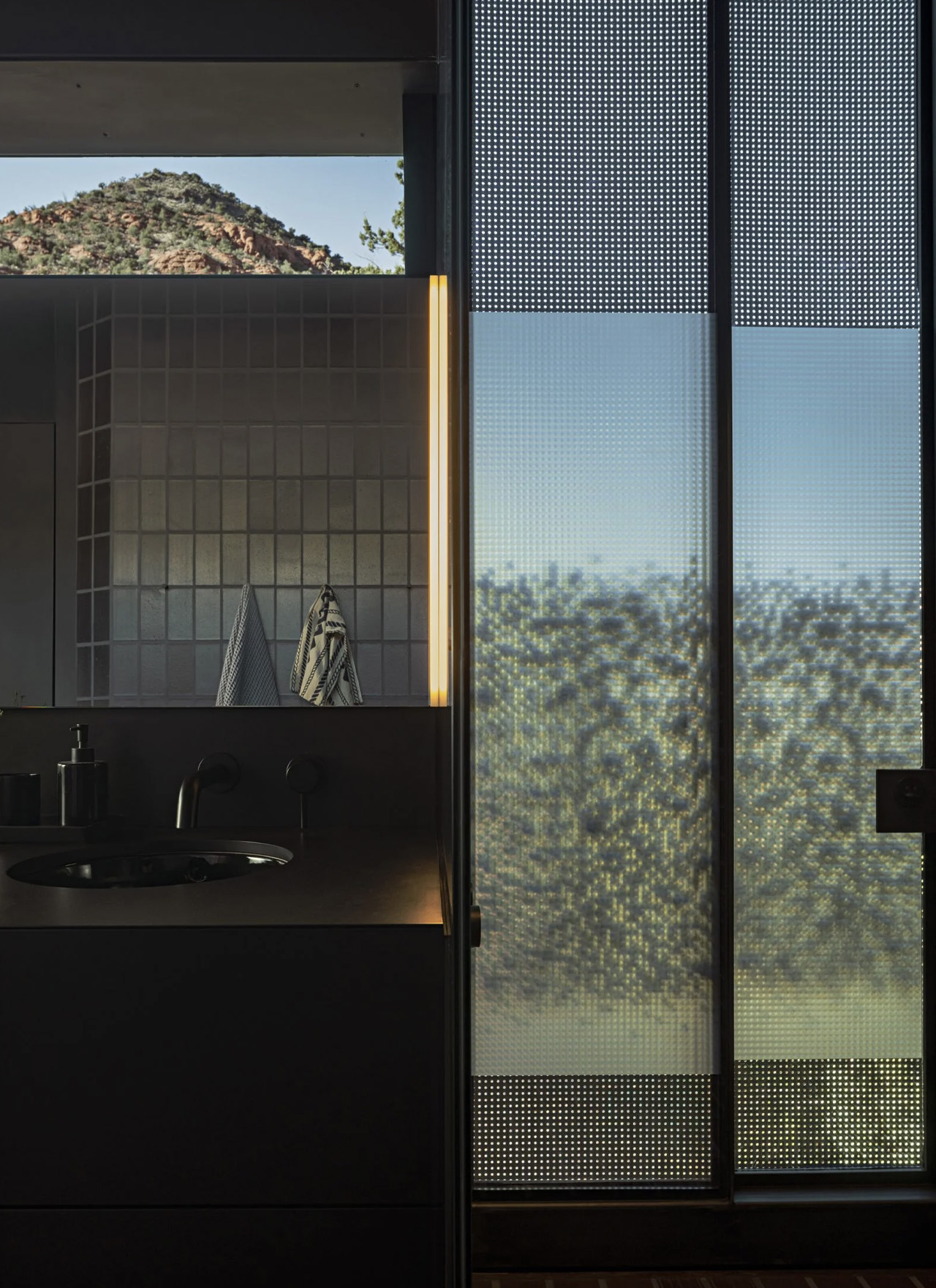
The interior of the home has a segregation between the private and public spaces. The western side of the home includes two bedrooms and a primary suite, as well as a carport. The eastern side of the home contains a kitchen, living room, and dining area. “At night, the interior and exterior combine to comfortably recede even further into this dark-sky valley community,” said the team. The walls, ceilings, floor, doors, and cabinets have all been crafted from recycled wood panels infused with a dark pigment and then buffed and waxed, which allows the interiors to seamlessly merge with the exterior and the surrounding landscape.
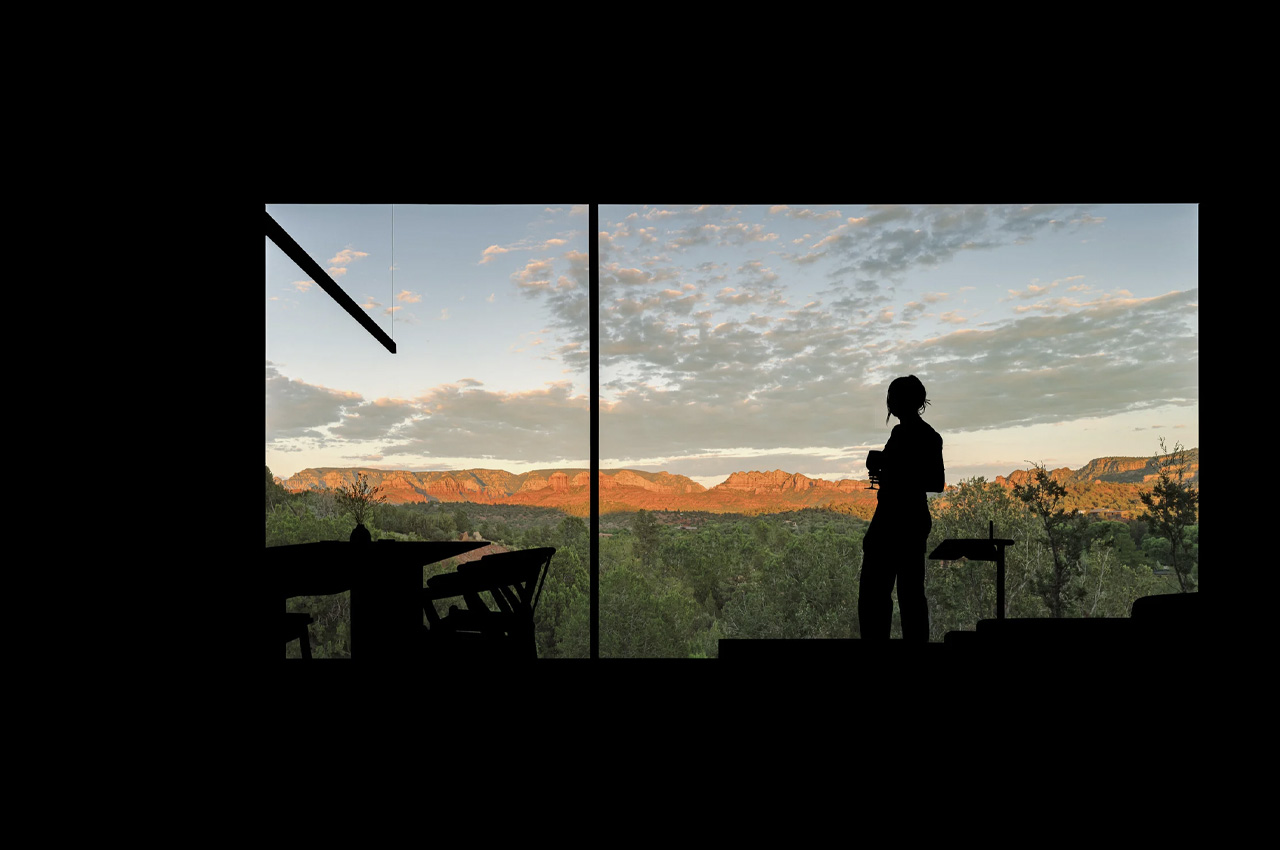
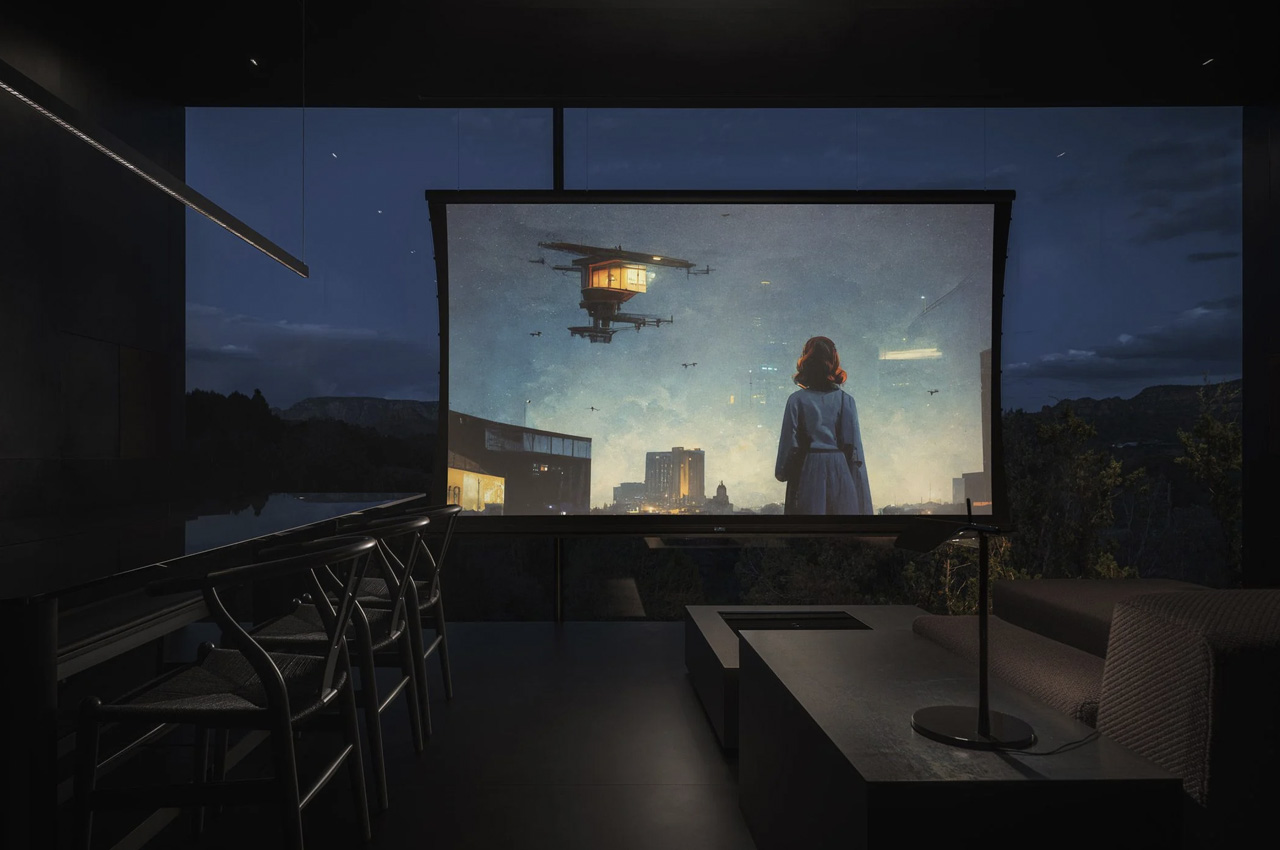

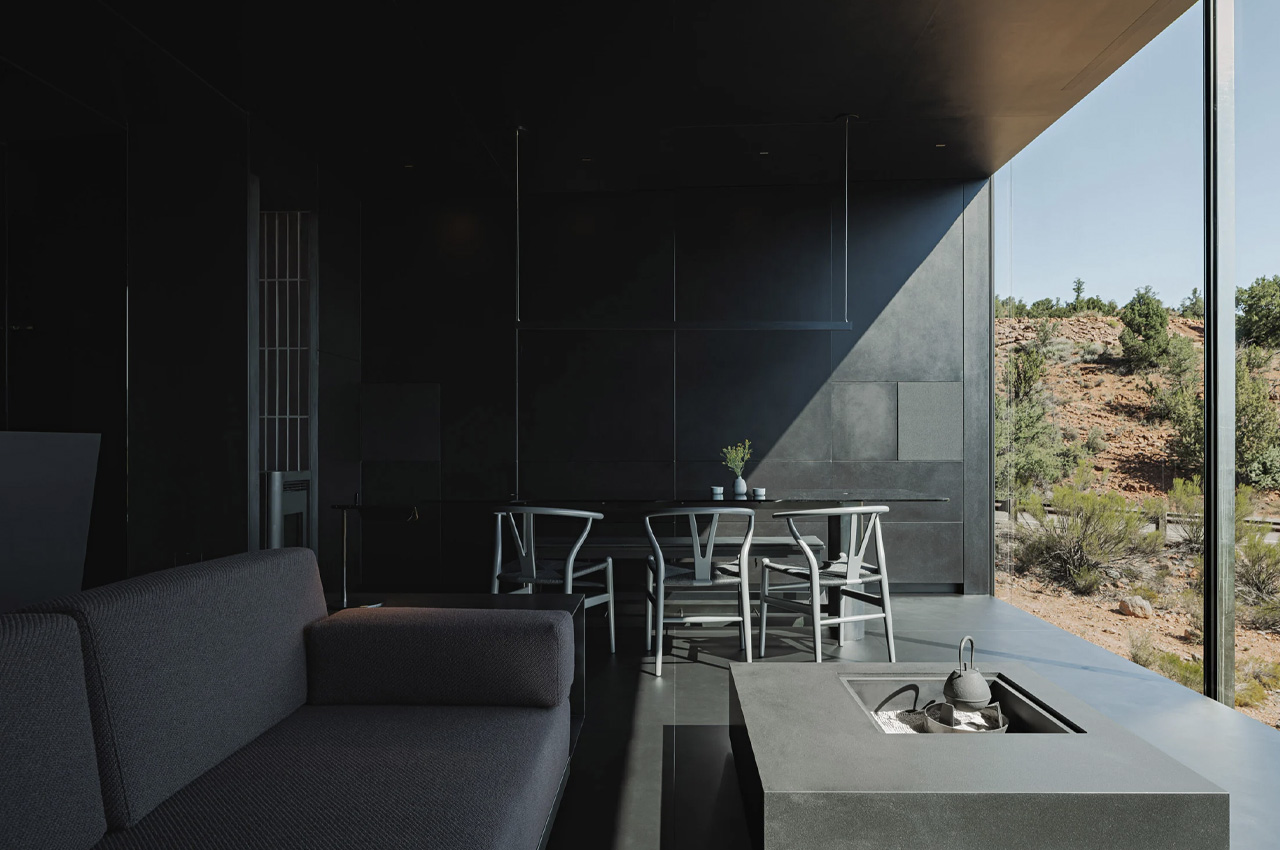
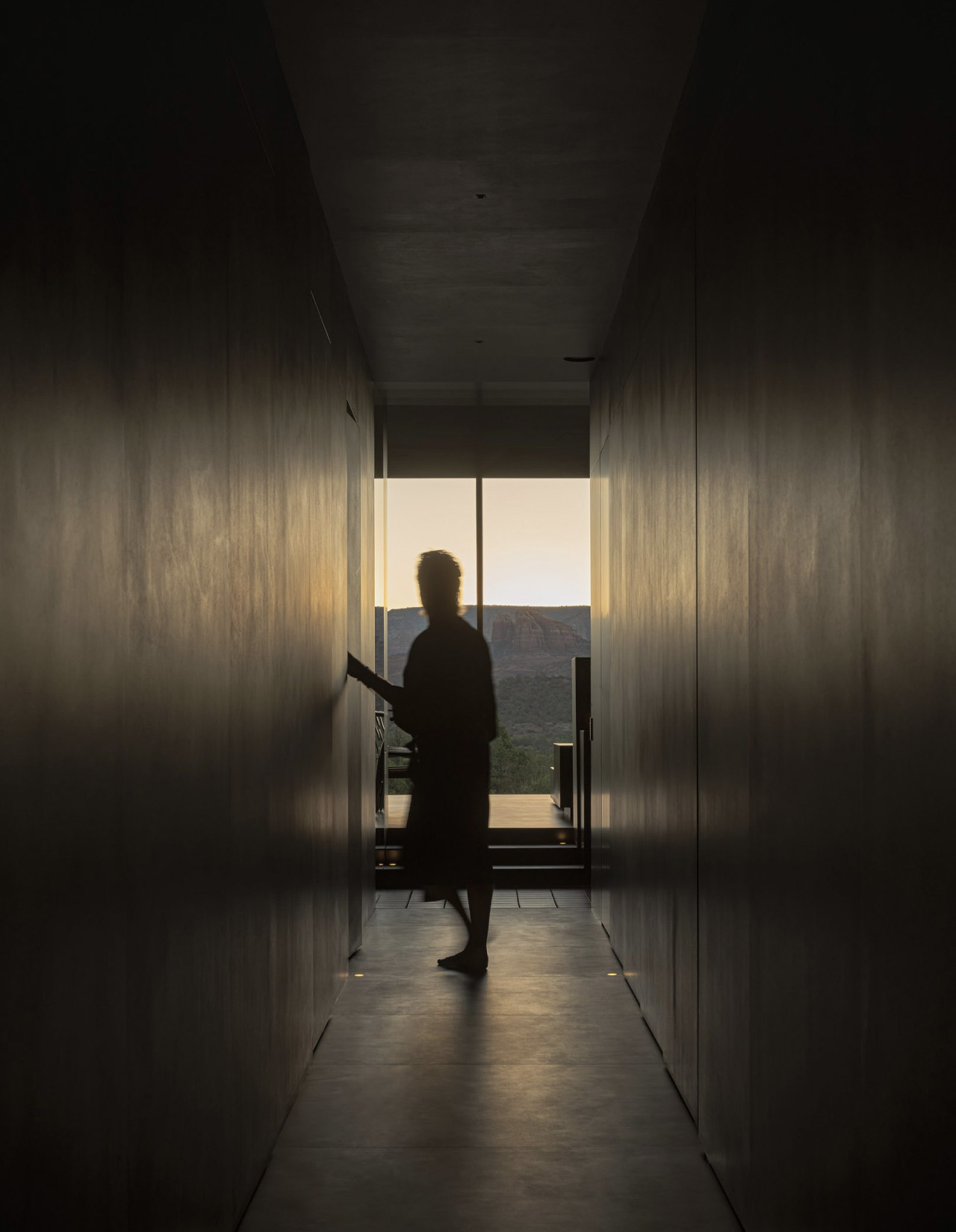
The post The Telescope Home Merges Into The Sedona Landscape Like A Dark Shadow At Night first appeared on Yanko Design.

